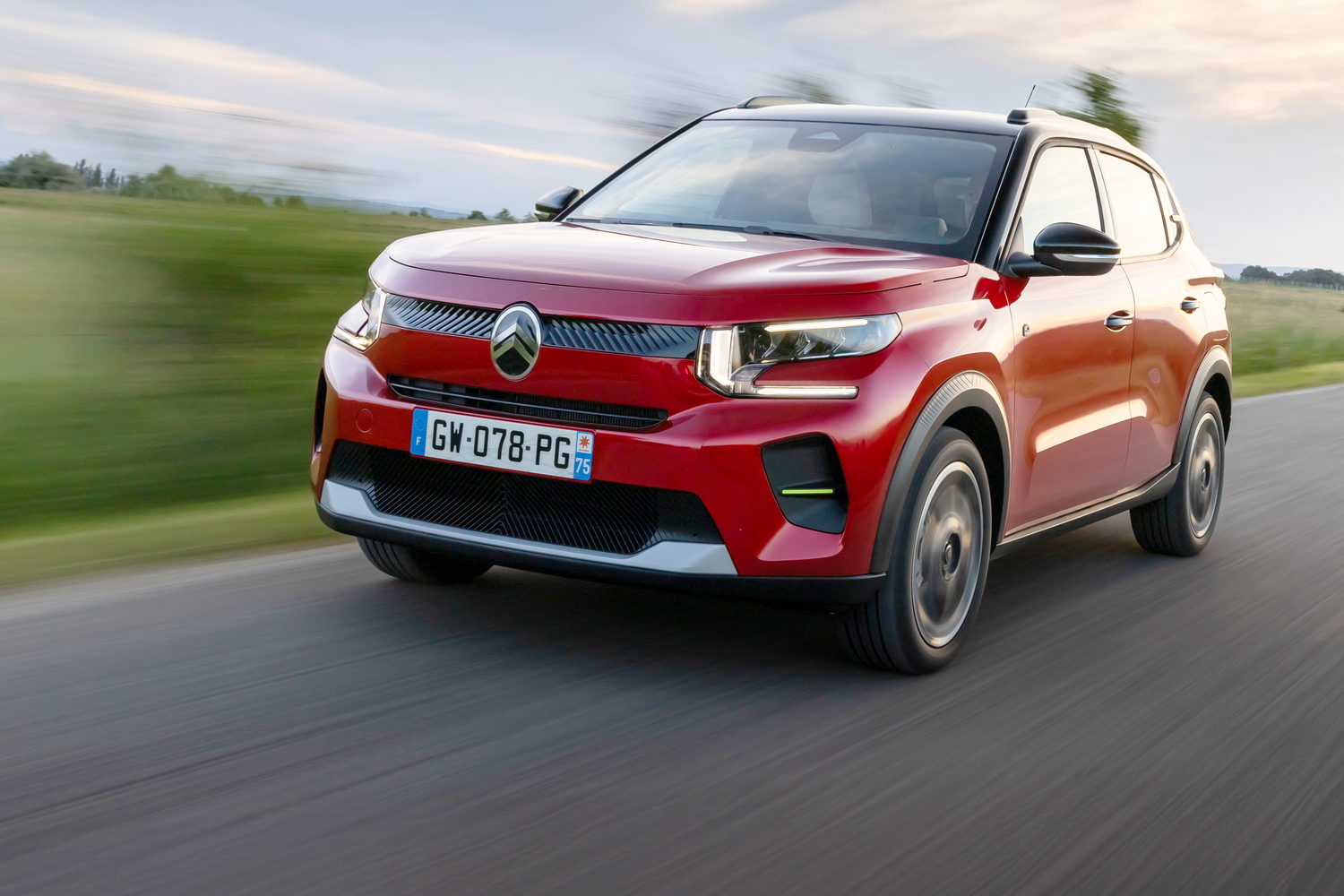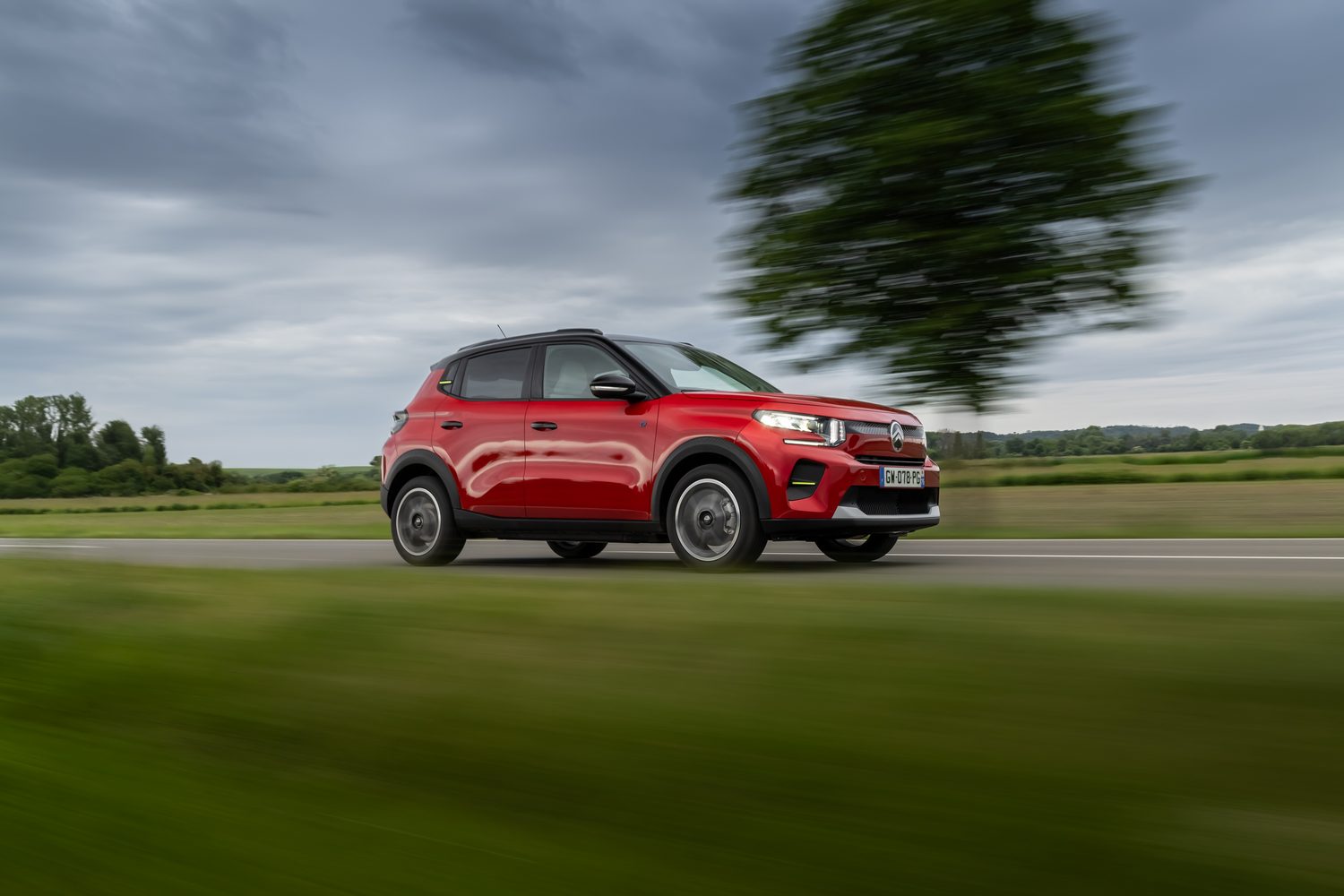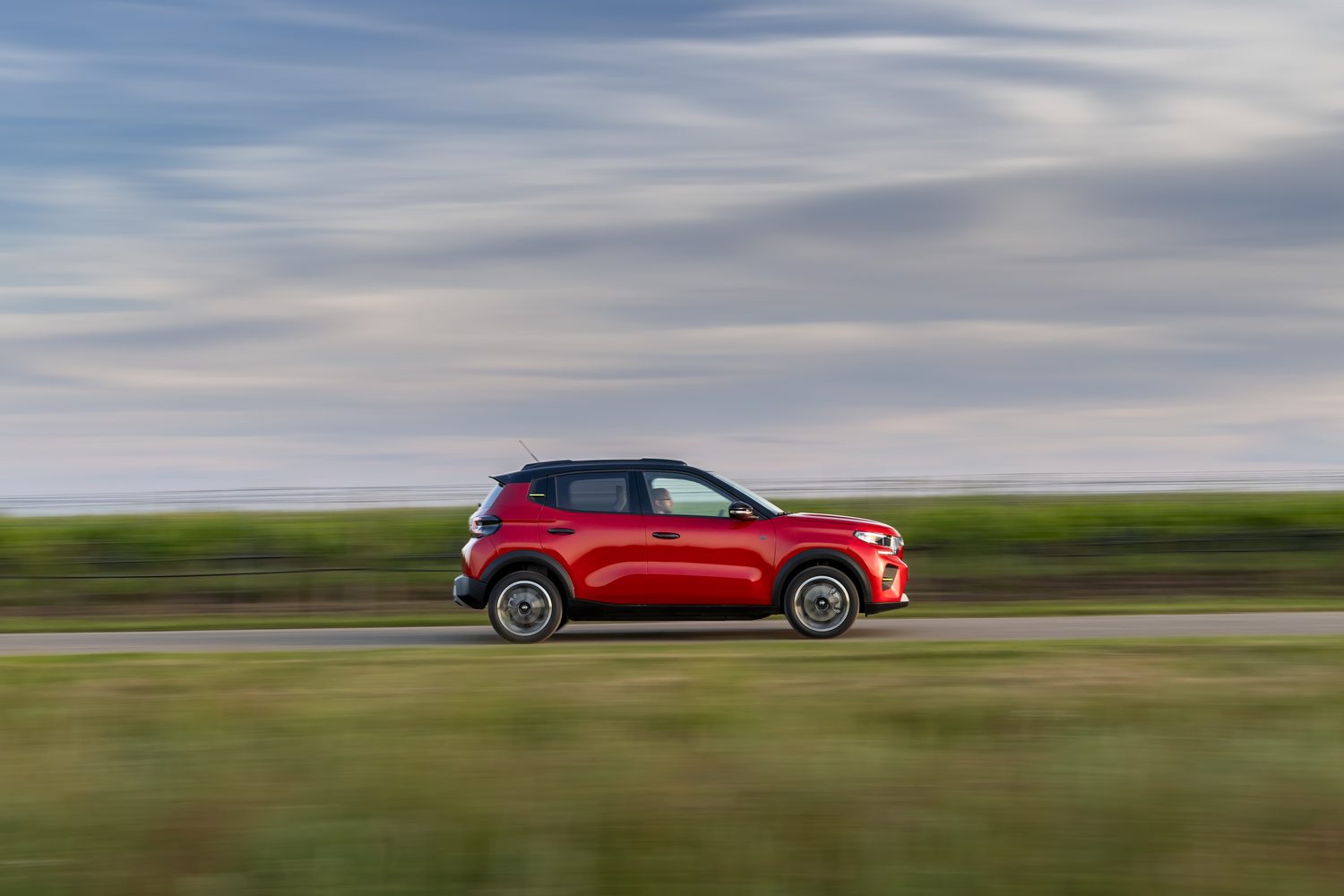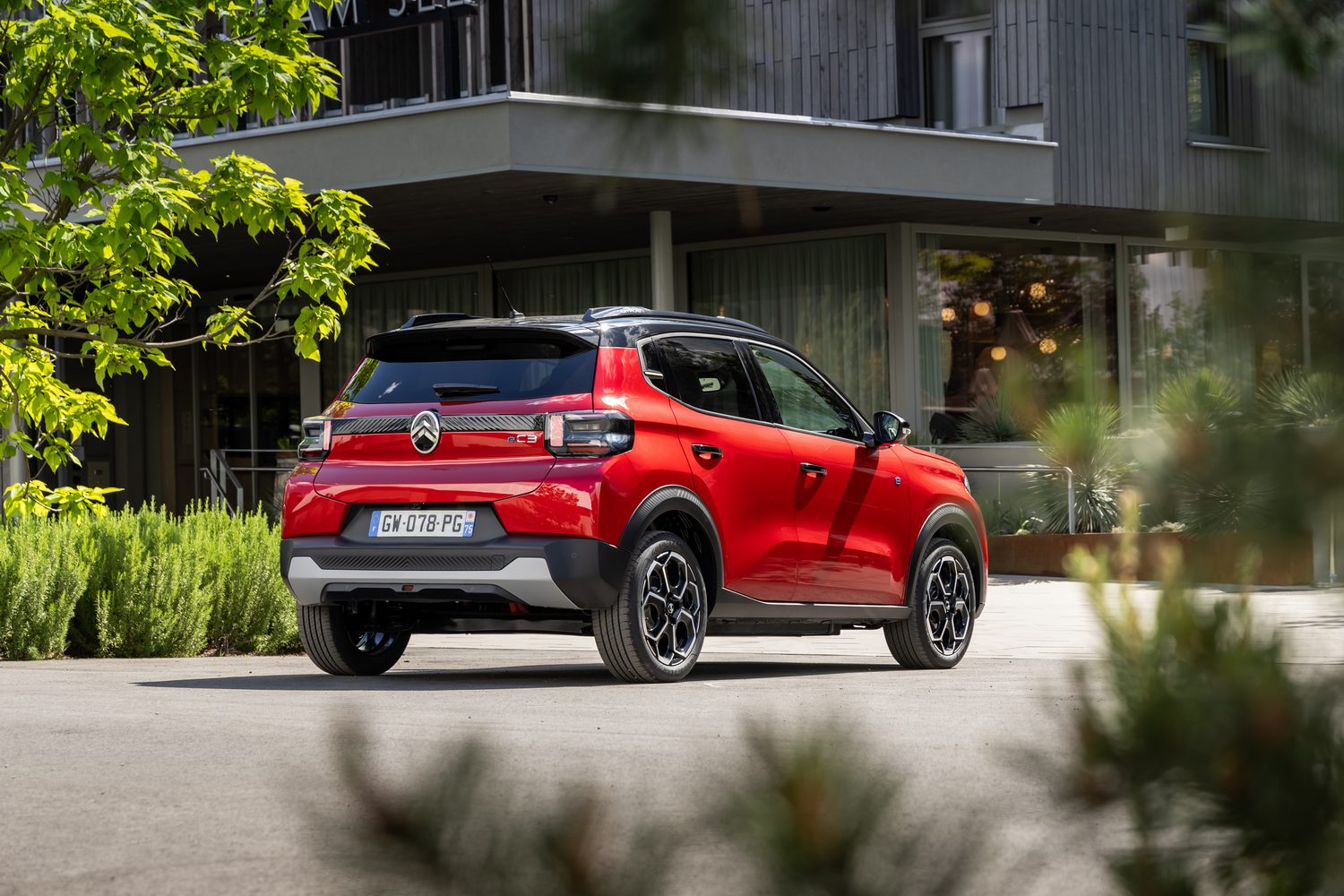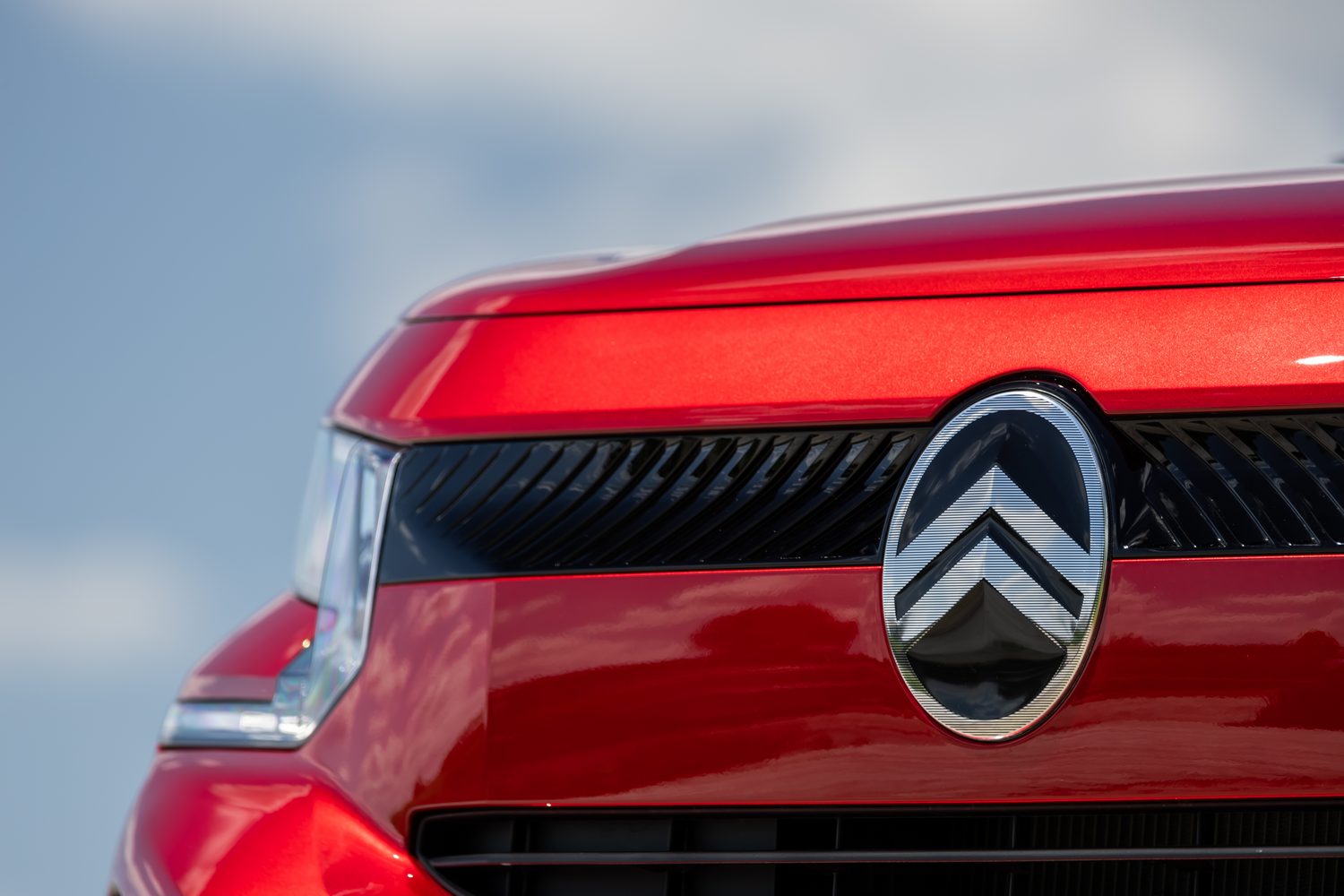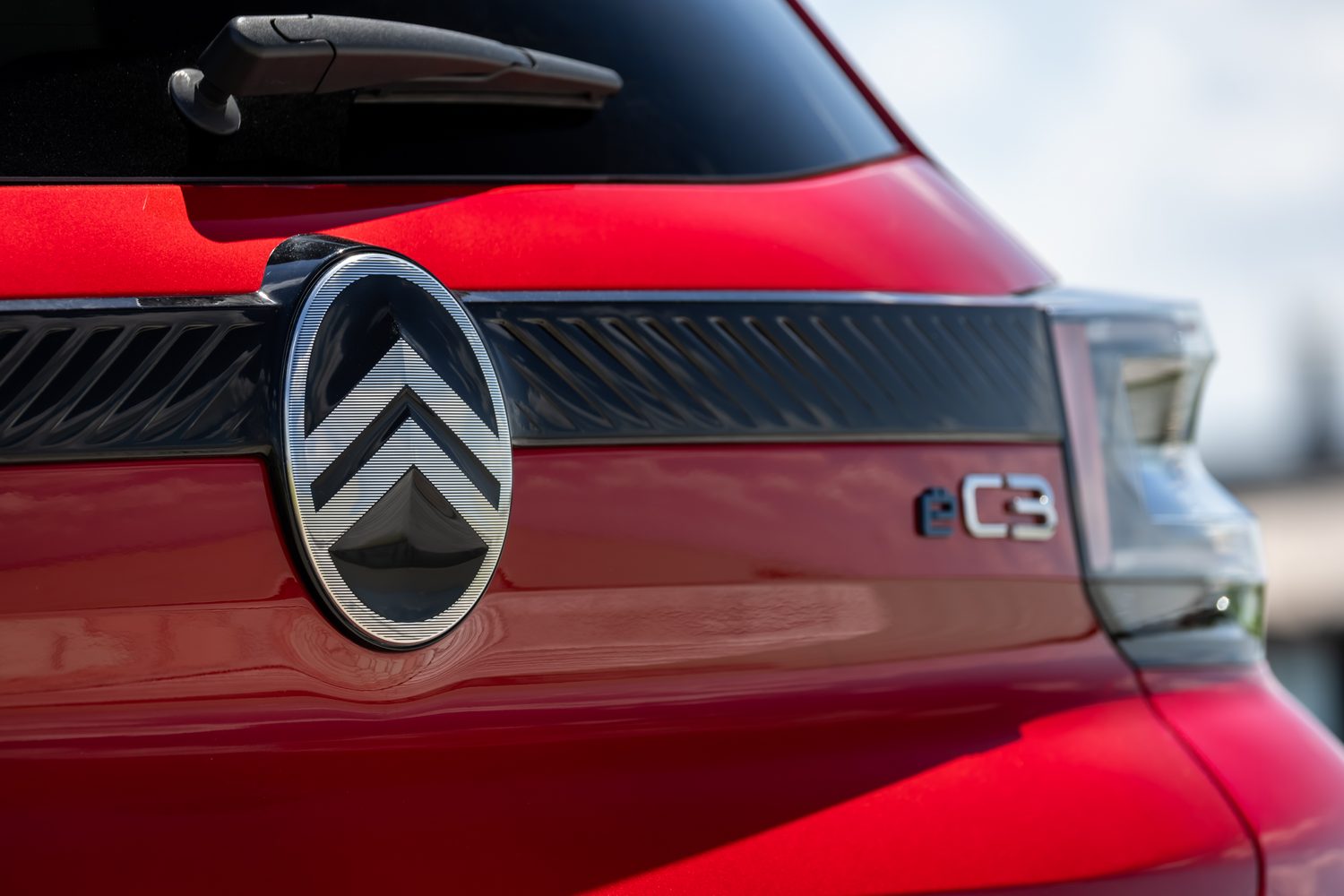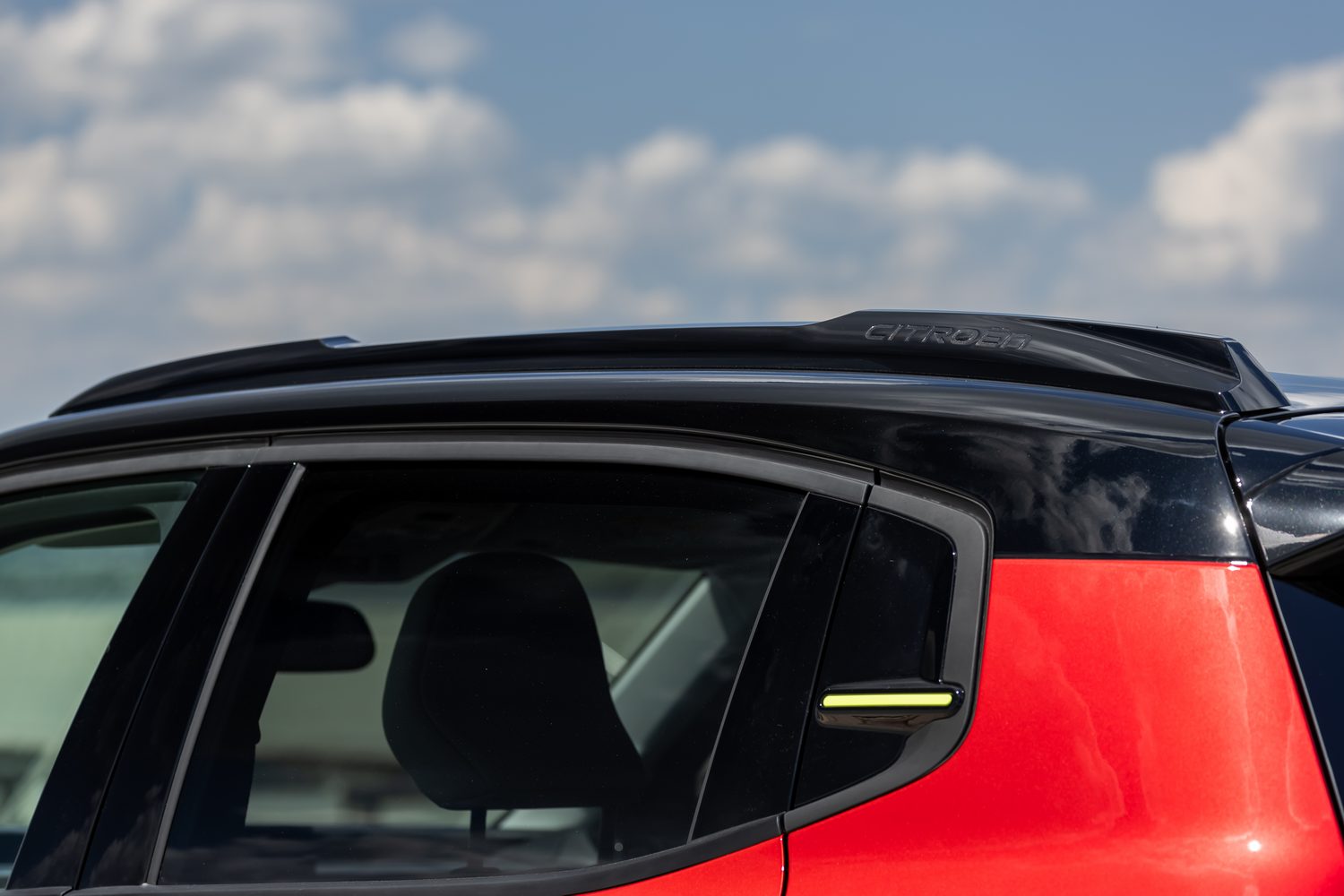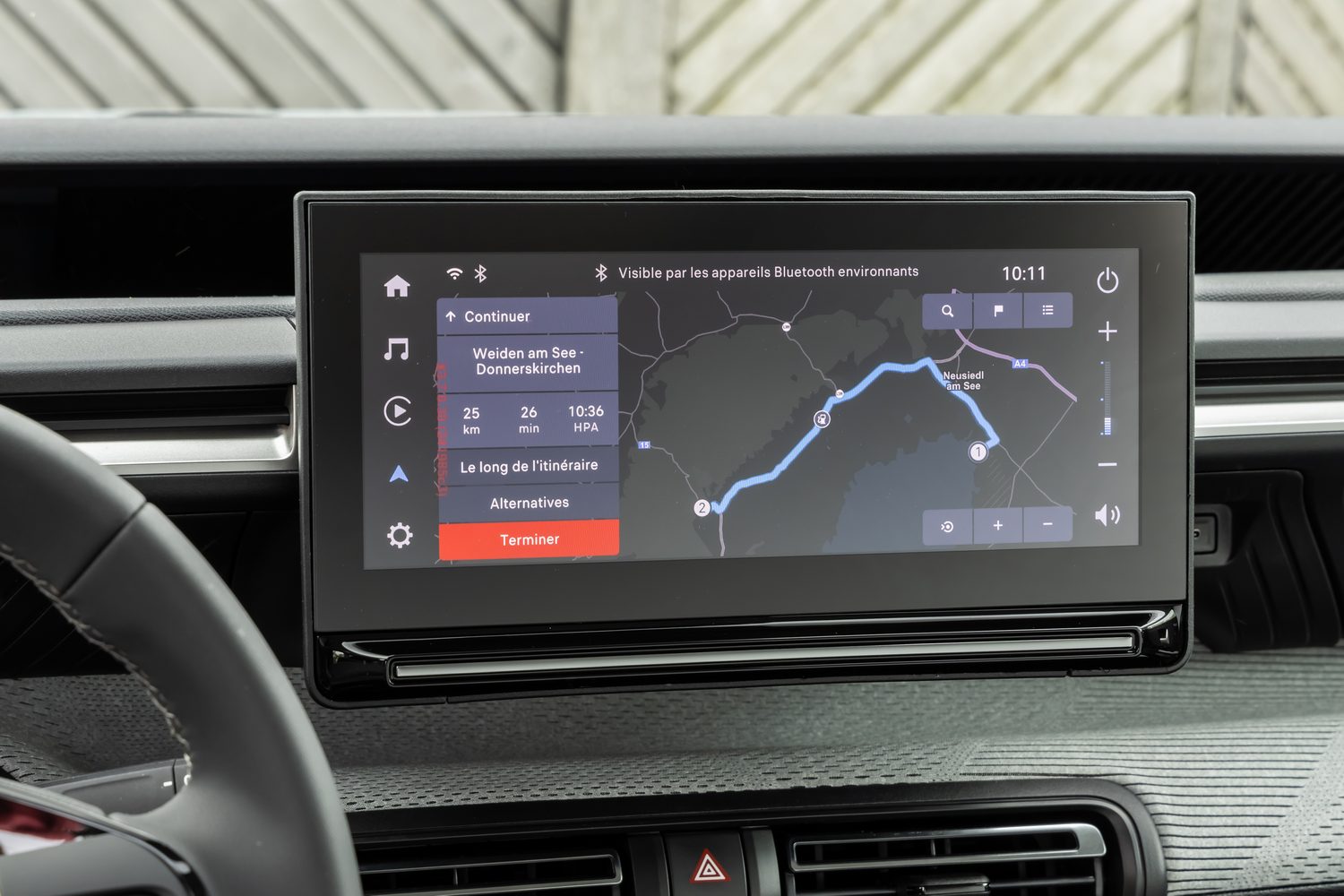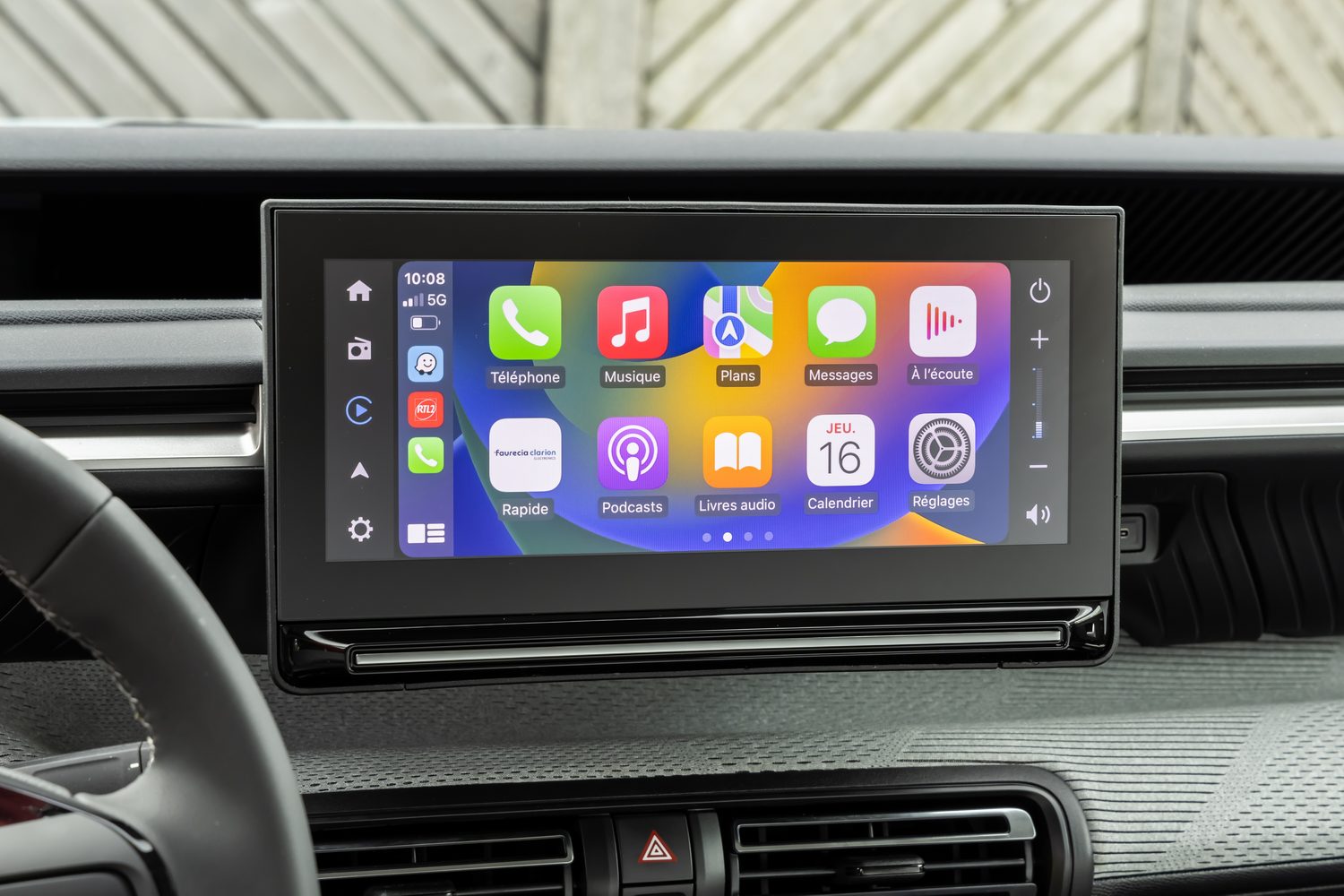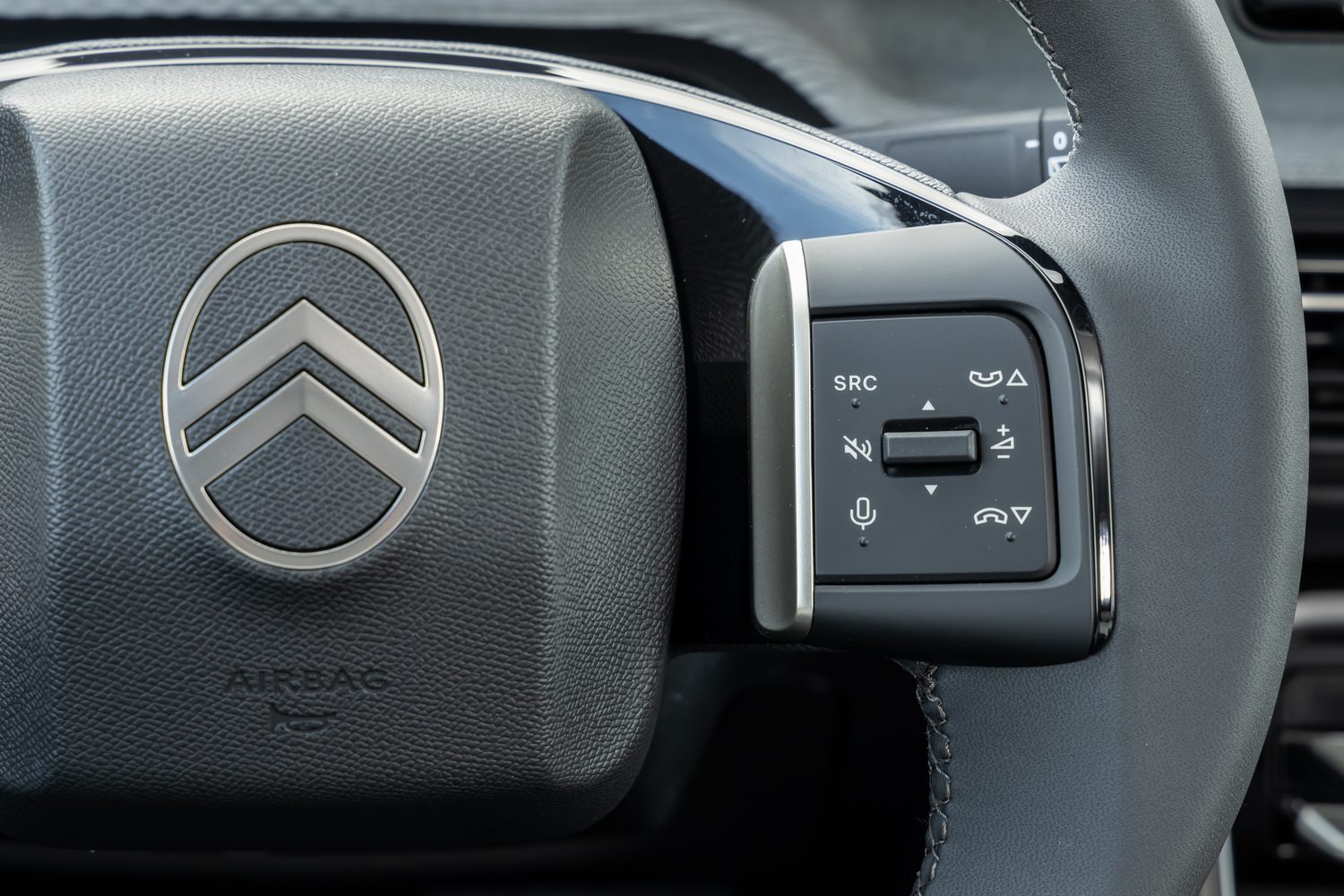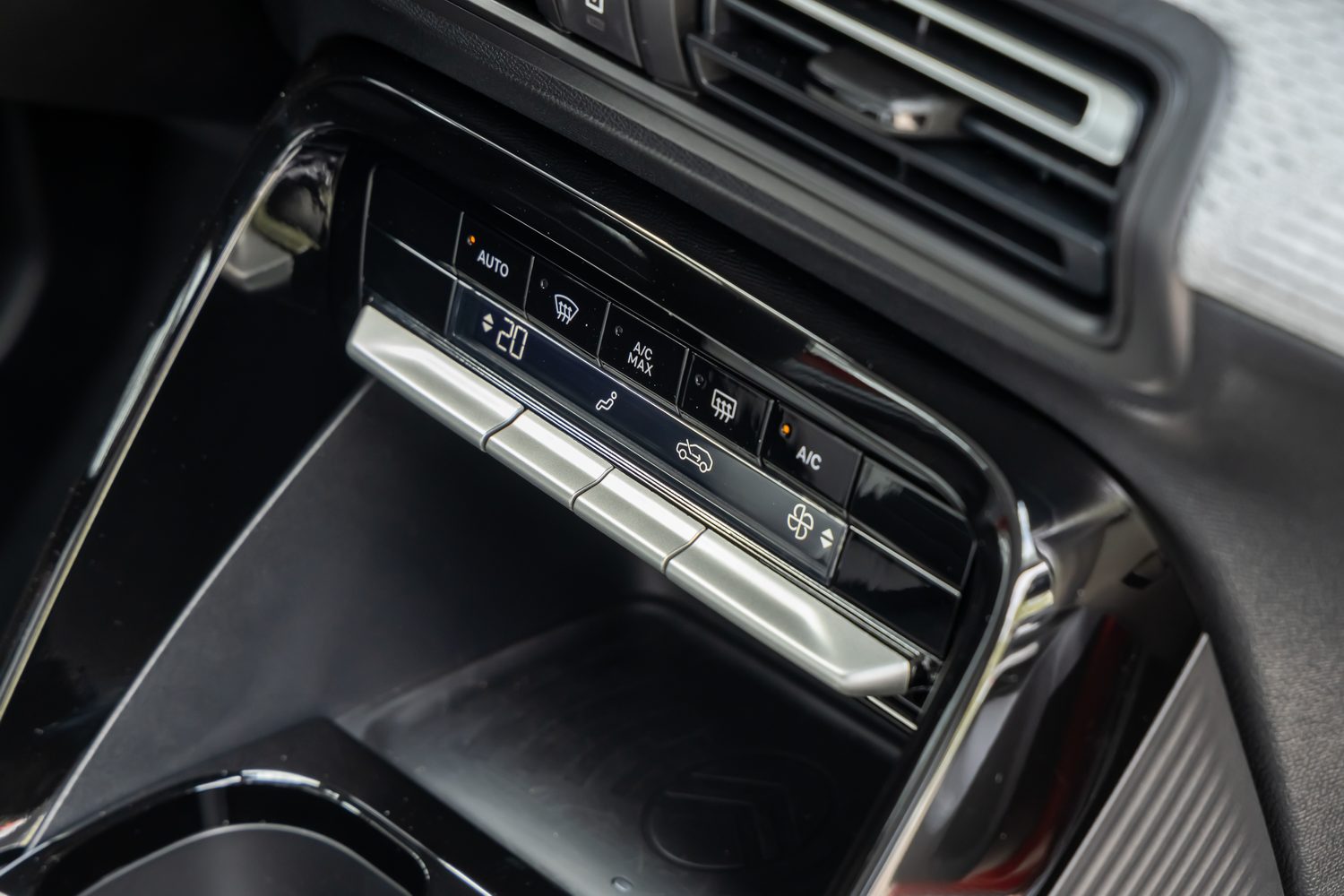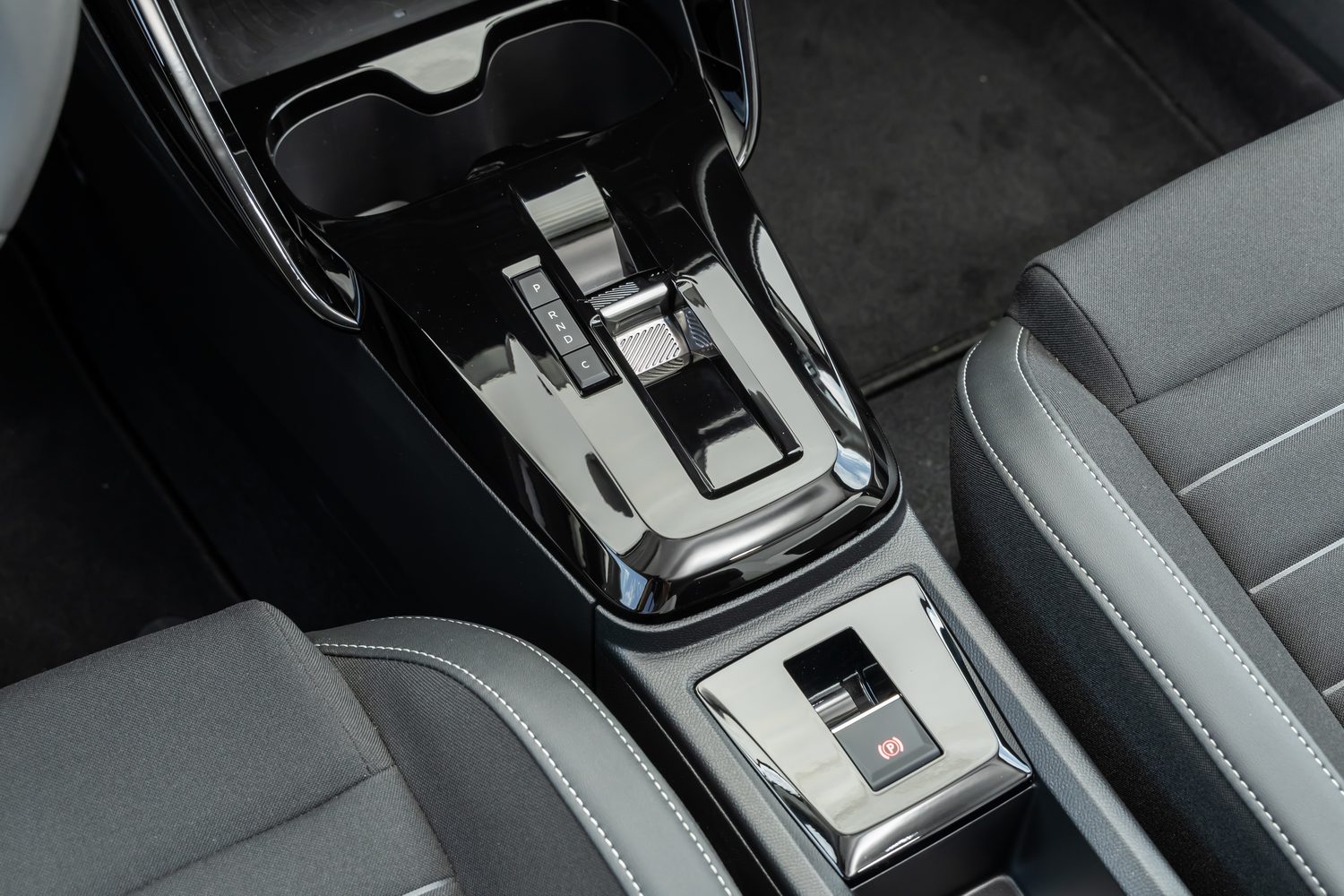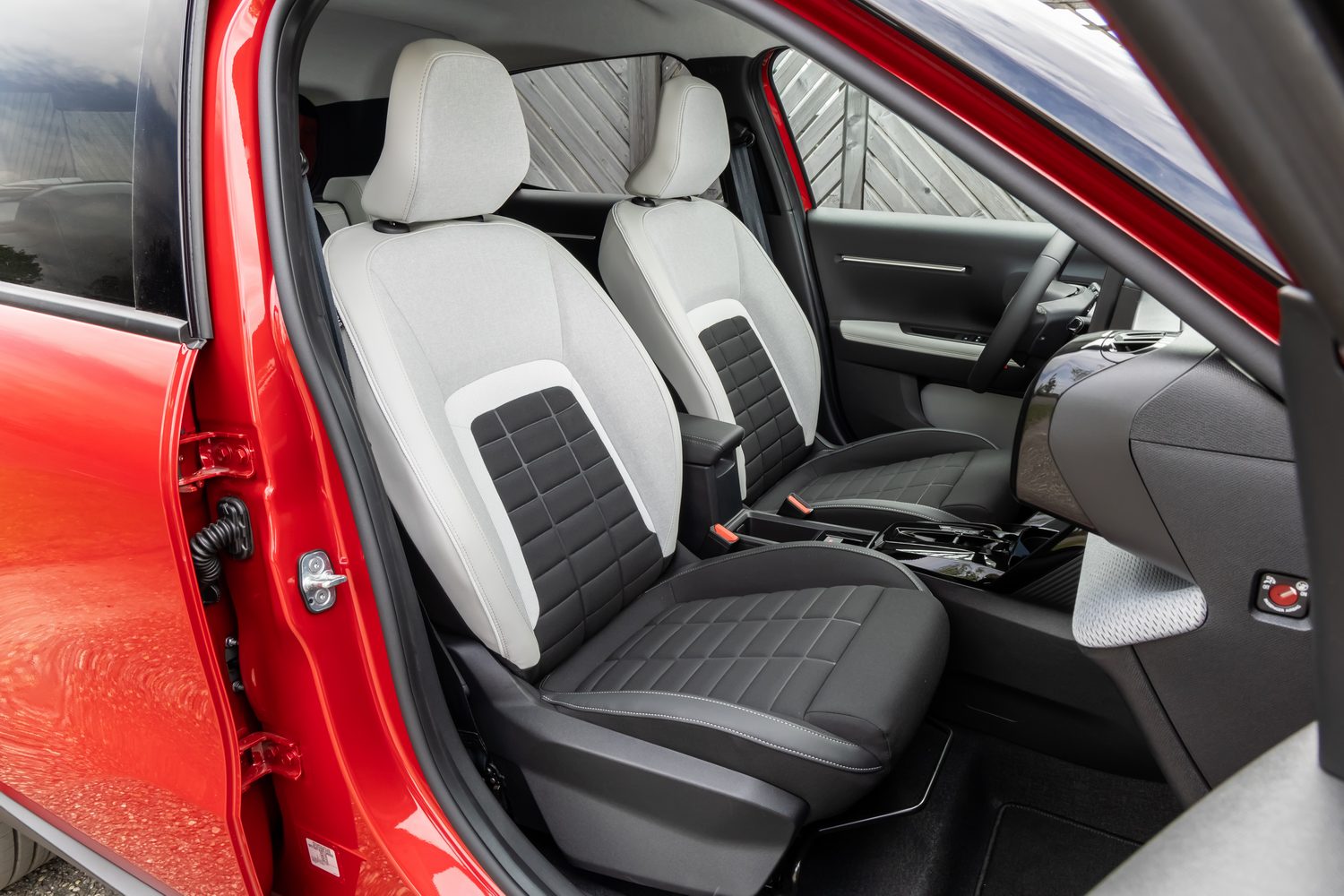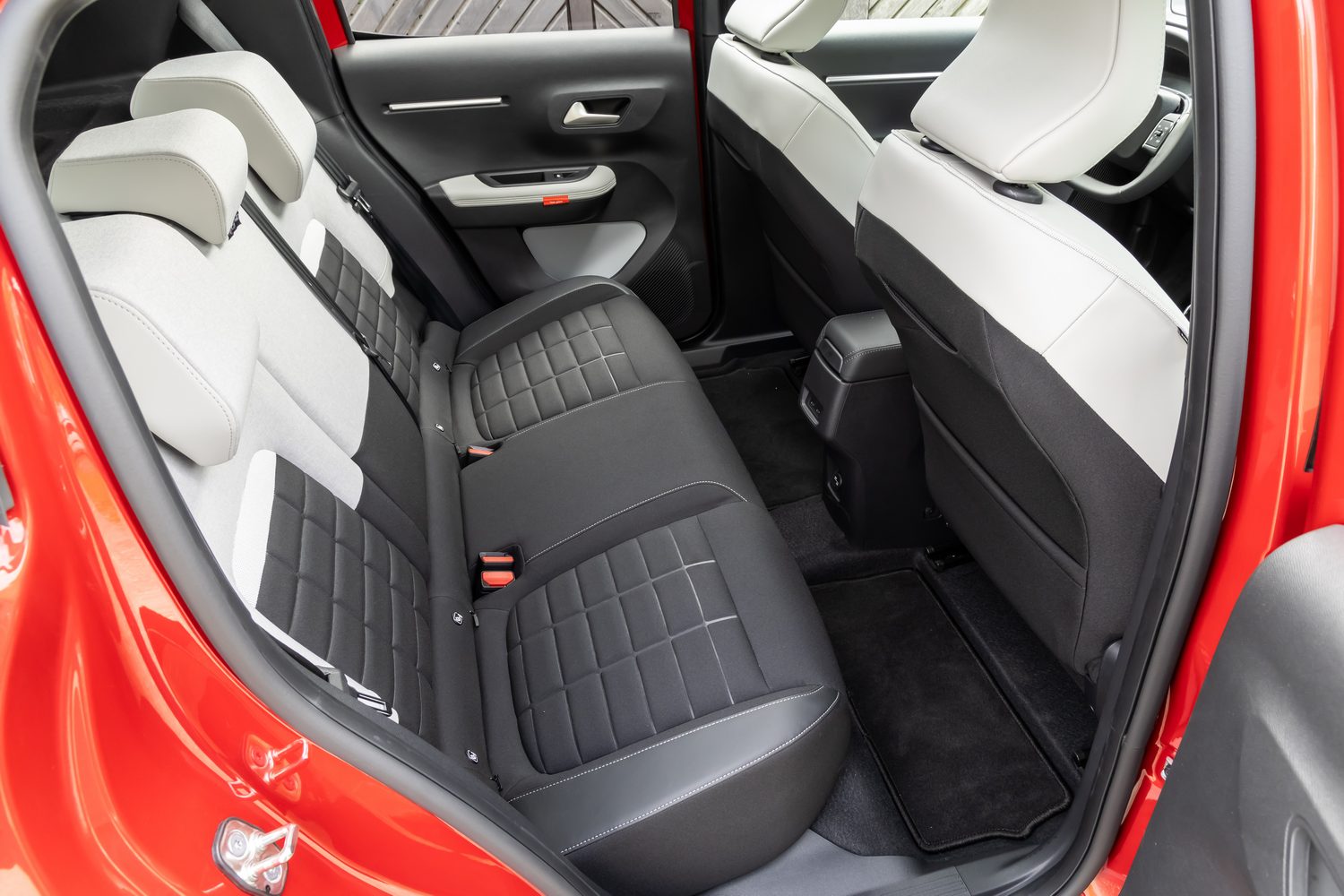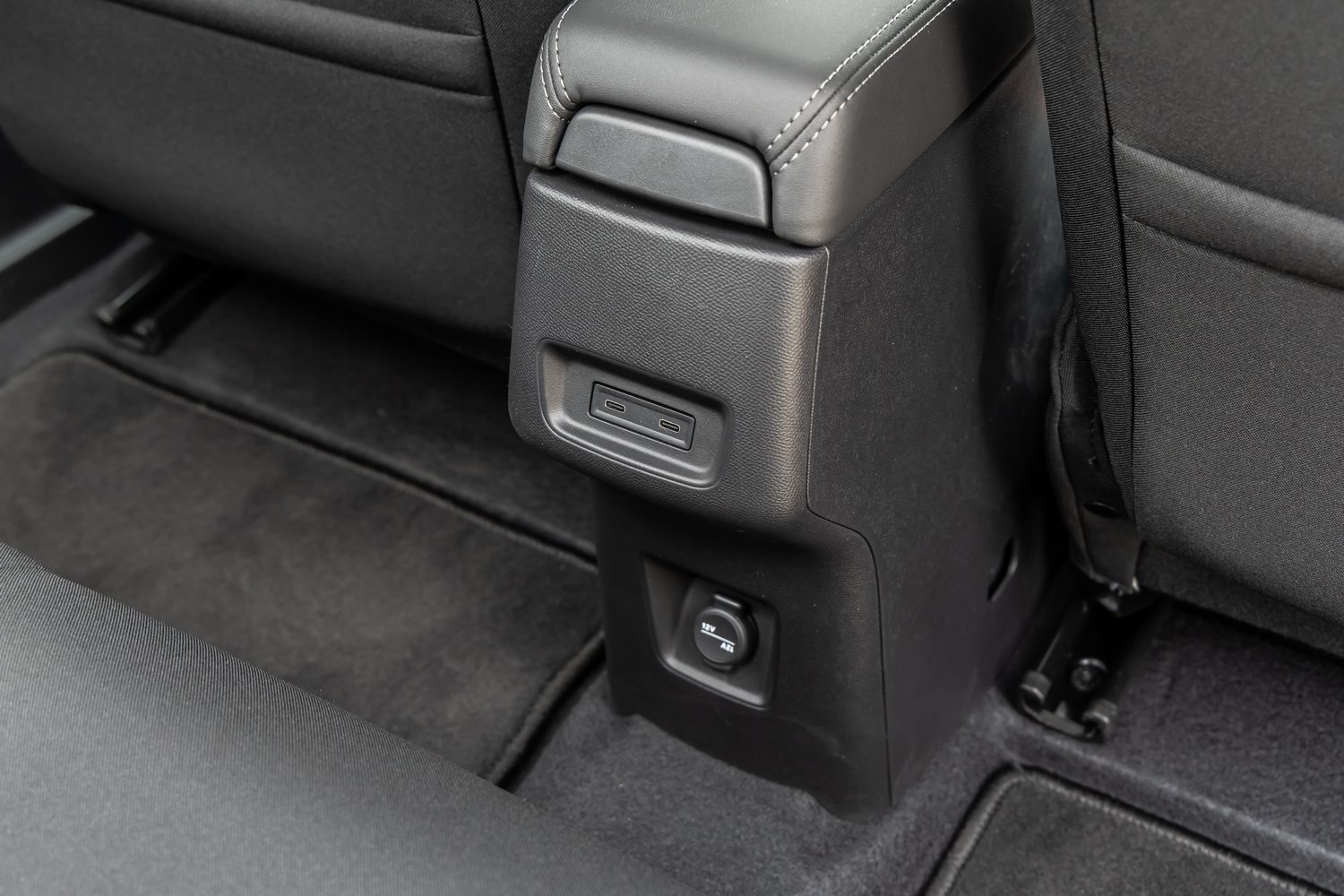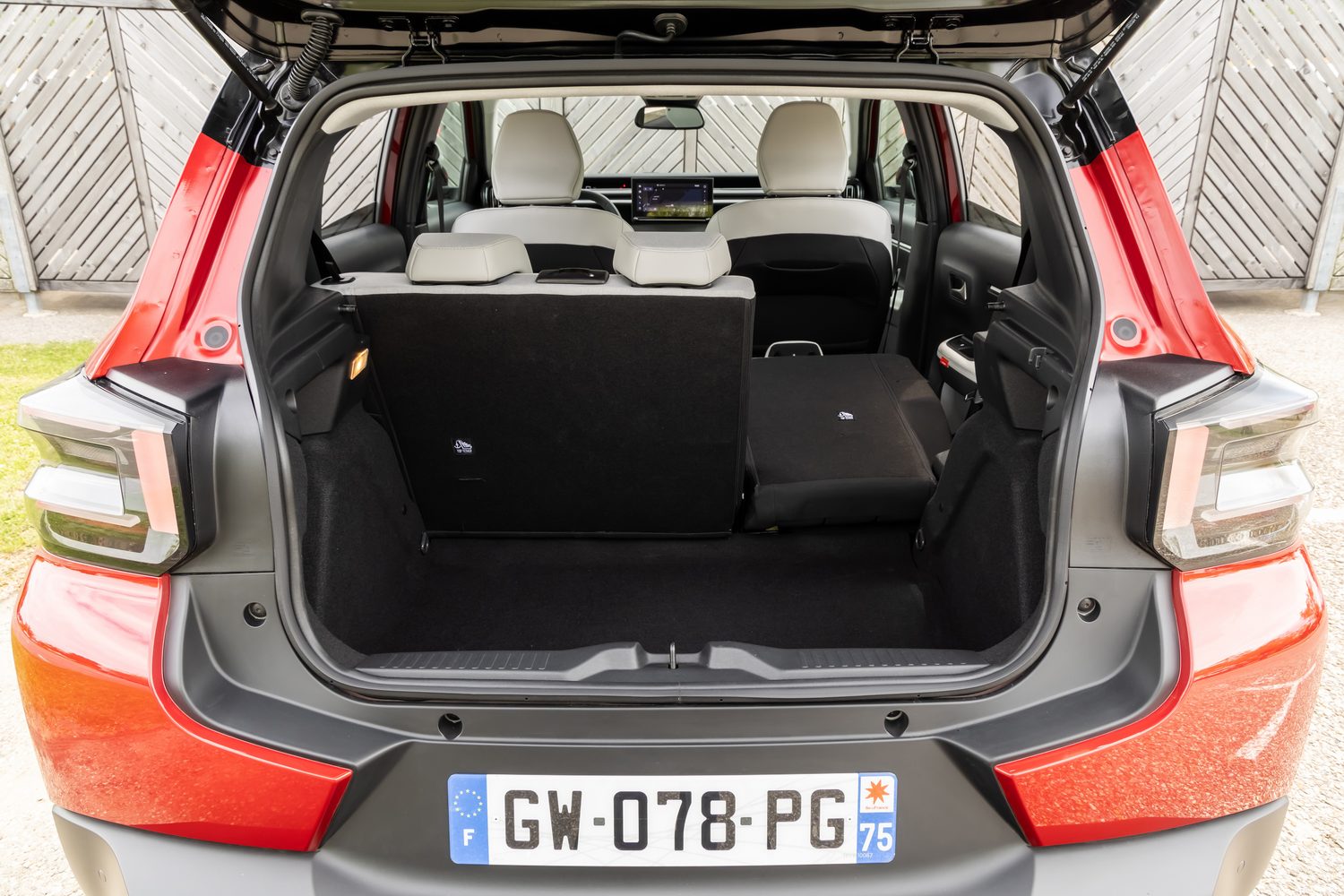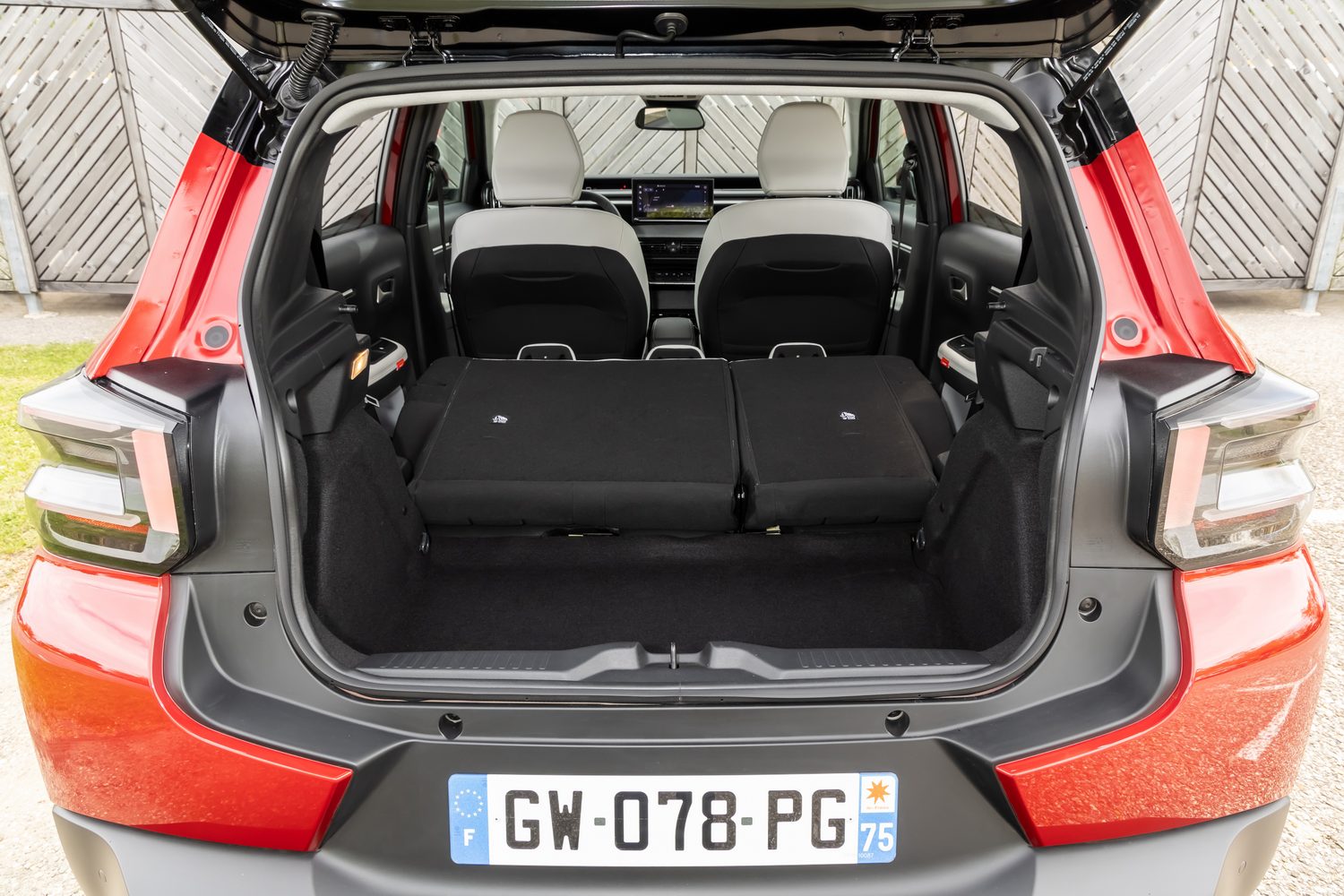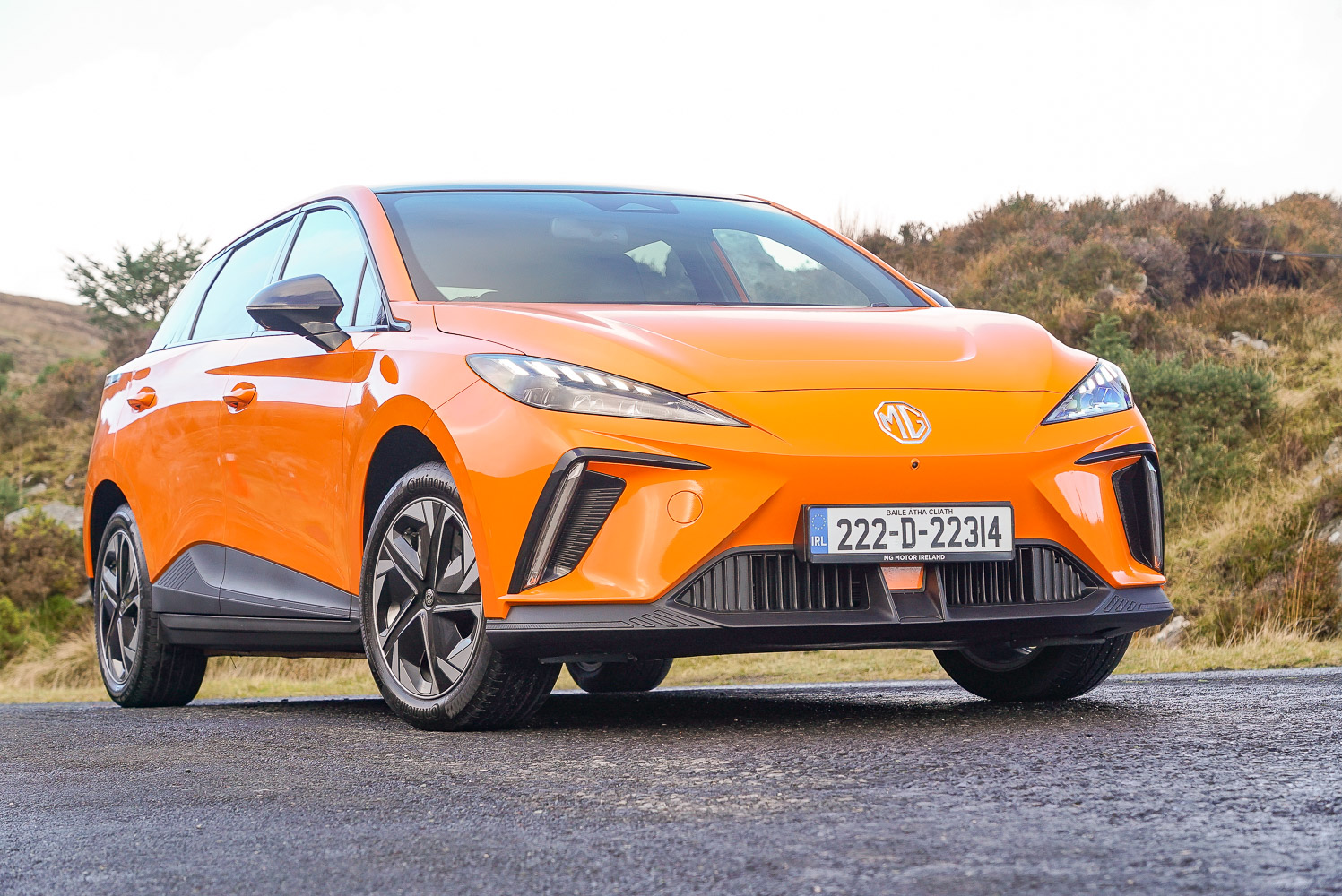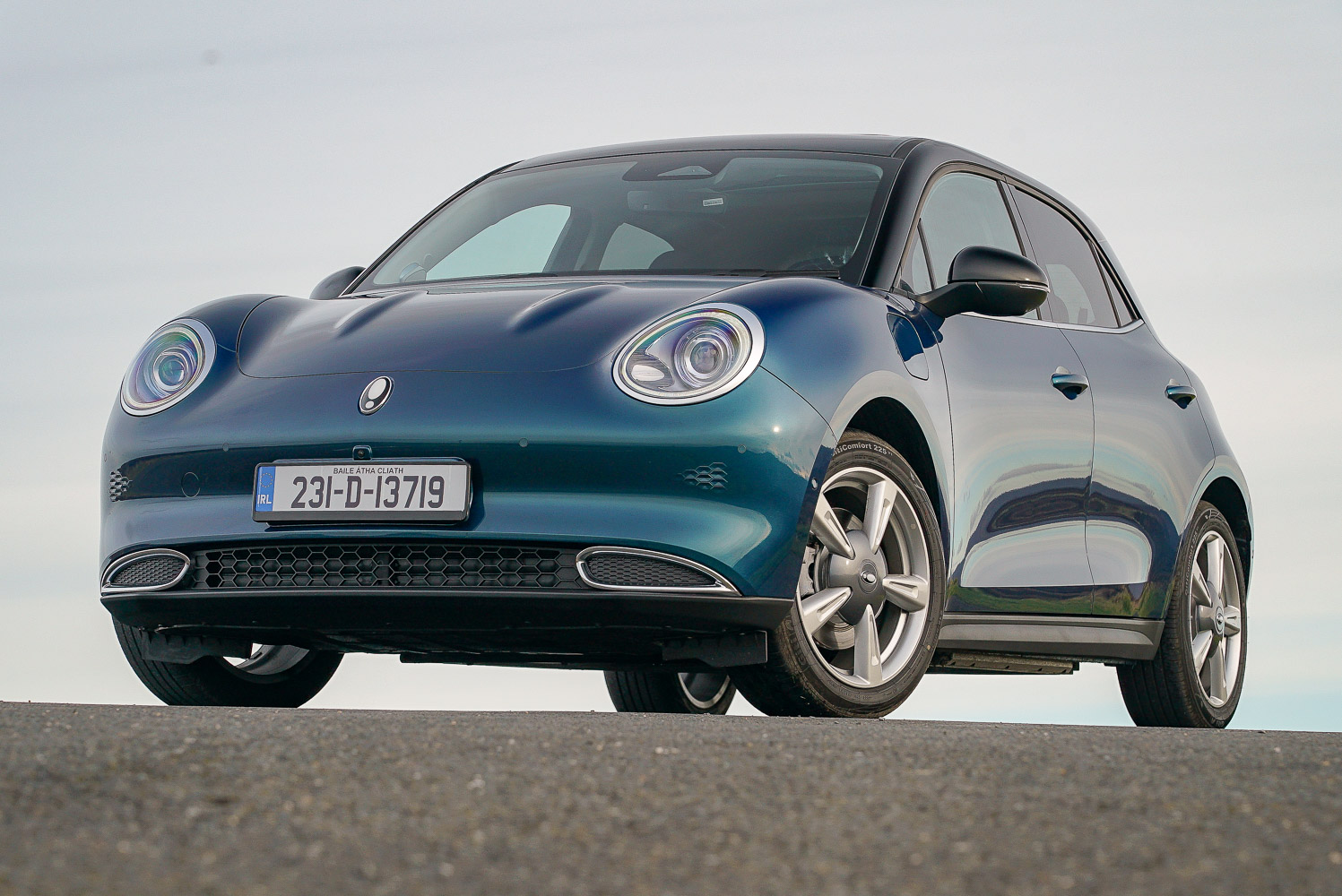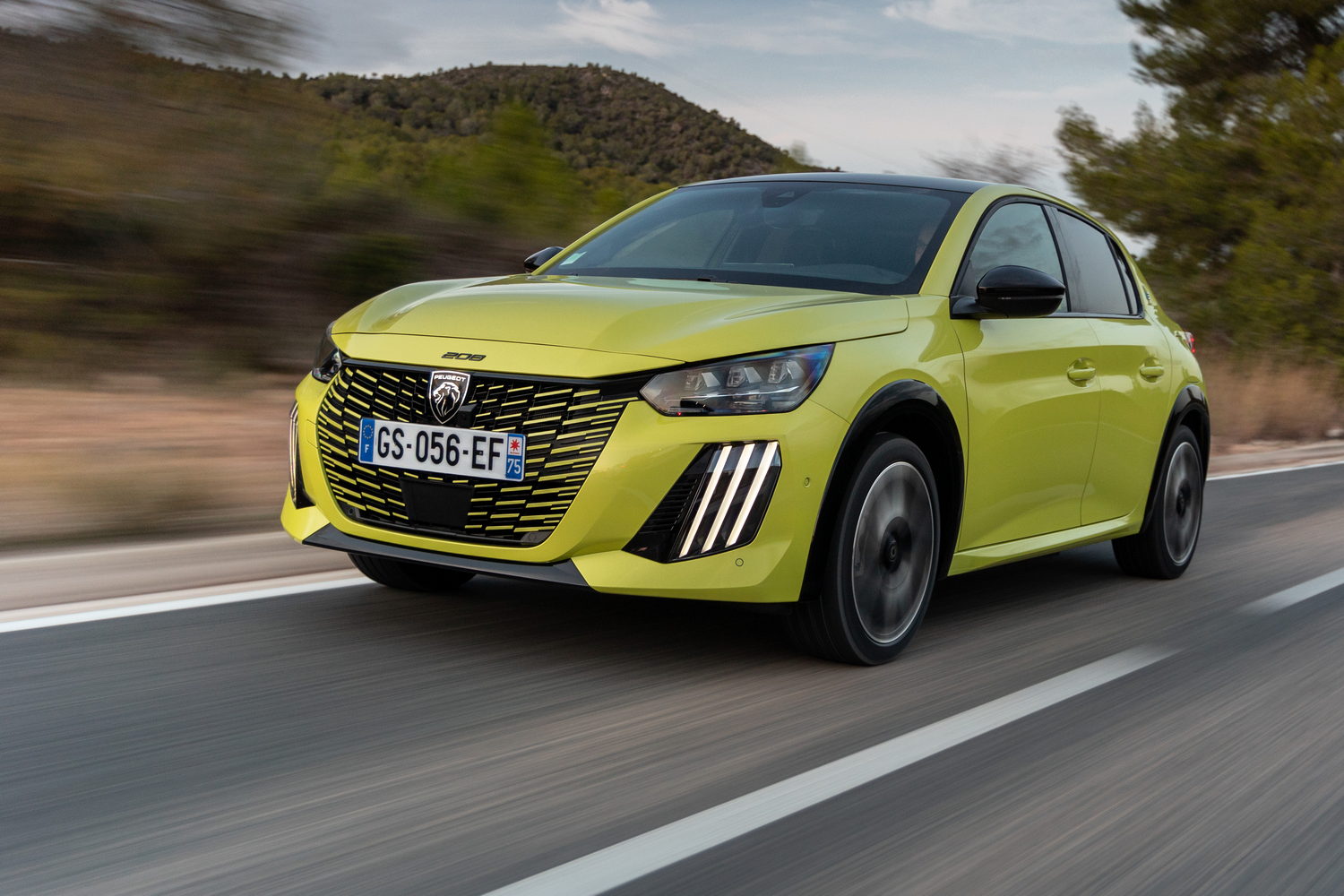The Citroen C3 has, over the course of 22 years and three generations on sale, become the French company’s best-selling model of all time - with 5.6 million units having already found homes, it has eclipsed the legendary 2CV to take the showroom crown. And while the C3 has always been a quirky, appealing leftfield alternative to the more talented mainstream fare in the supermini sector, it has never felt like it could possibly be considered class-leading. Until now, that is. For the new car, Citroen has significantly increased the styling appeal (inspired by the Oli concept), it has injected more than a hint of crossover DNA into the C3 and included the electric e-C3 in the launch lineup with the promise of real affordability. Is this the best new supermini coming to the Irish market this year?
In the metal
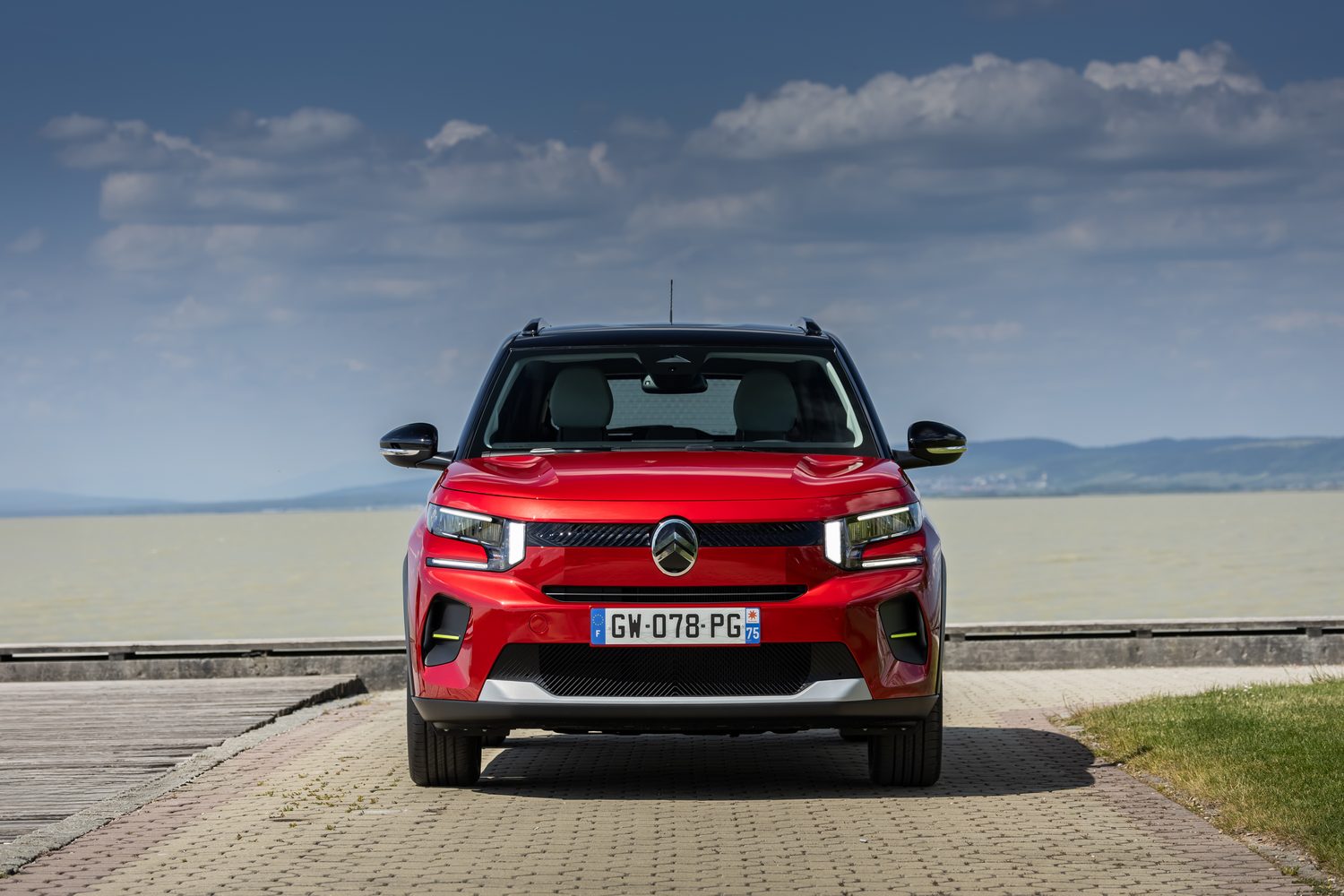
We mentioned the Citroen Oli concept in the opener, a vehicle which looked like a shrunken Hummer, and while that supposedly previewed a clever electric car ready for production by 2030, some design elements of it have made their way to the e-C3 - most notably in bracket-shaped light signatures fore and aft, in the raised roof height of this hatchback (yes, we know it looks like a crossover) and in its rugged detailing which includes wheel-arch surrounds, faux skid-plates fore and aft, and a corrugated trim detail that runs transversely either side of the large Citroen logos front and back.
Without being too outlandish, the overall aesthetic effect of the new Citroen e-C3 is both striking and easy on the eye. This is a car that offers significant personalisation, with bi-tone roof/body colour options and little horizontal strips in the front air intakes and on the C-pillars which owners can switch out and swap, while also being neat of line and purposeful.
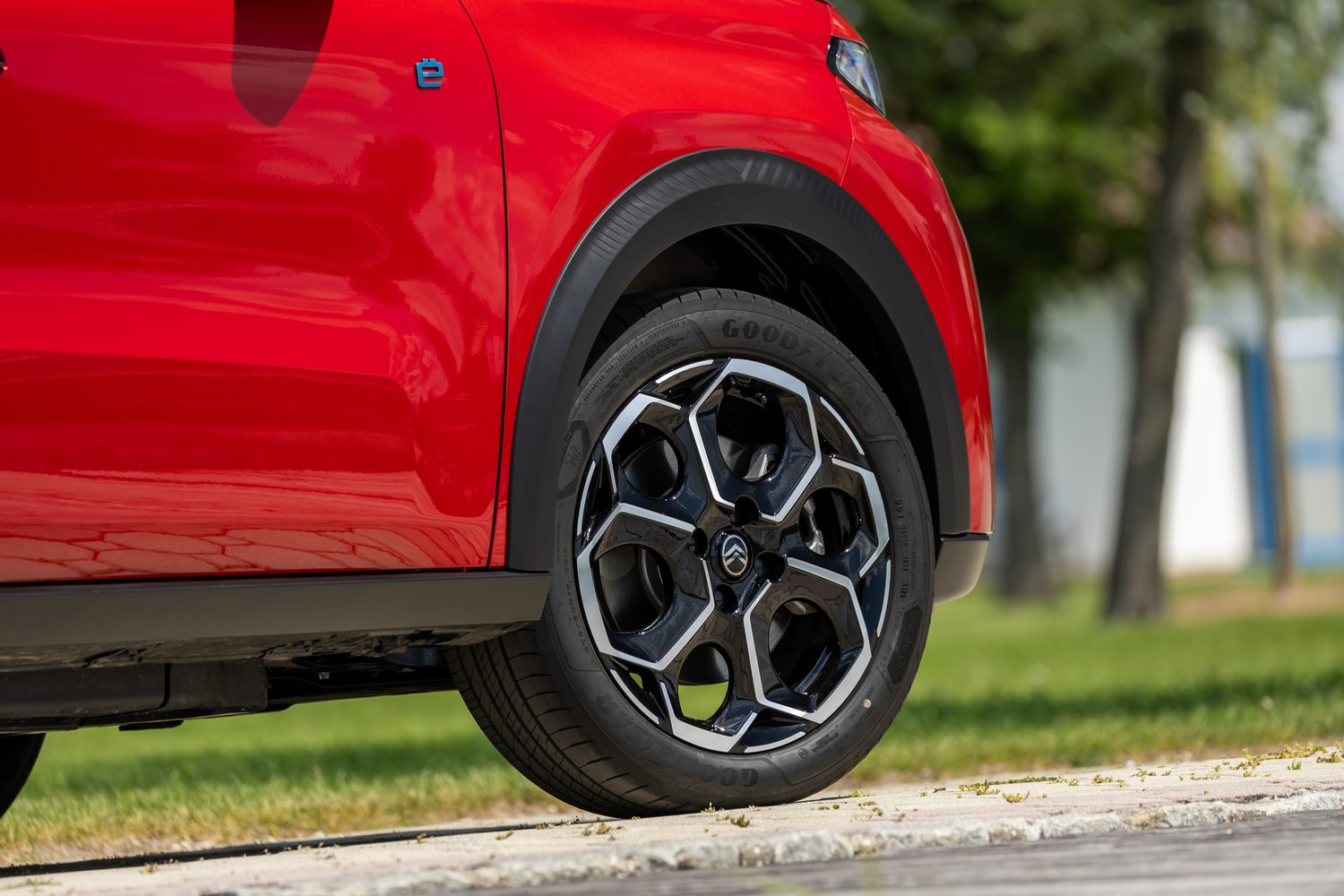
It’s also not physically much bigger than the car it replaces, even if it might look it - most of the additional bulk comes in an additional 107mm of roof height, but at 4,015mm long and 1,795mm wide, the e-C3 is only 19- and 46mm larger respectively than the third-gen Citroen C3. The electric one, incidentally, only visually differs from its combustion-powered stablemates in the form of the blue ‘e’ badges, two of which sit on the front doors while the third can be found ahead of the model designator on the back. Its charging port is behind the flap that would be the fuel filler on the petrol and hybrid C3s, so it’s a conventional-looking EV.
Inside, the e-C3 has a cabin which is a clever demonstration of building something down to a cost, yet still managing to make it look prestige and feel accommodating. As a bonus, it also has superb ergonomics, with seats that are almost Volvo-comfortable in their softness but which manage to ensure good support when driving, and while the top-grade models get a 10.25-inch touchscreen which controls pretty much all major features, there’s still a sense that Citroen thought carefully about how the car’s equipment was going to be used on the move.
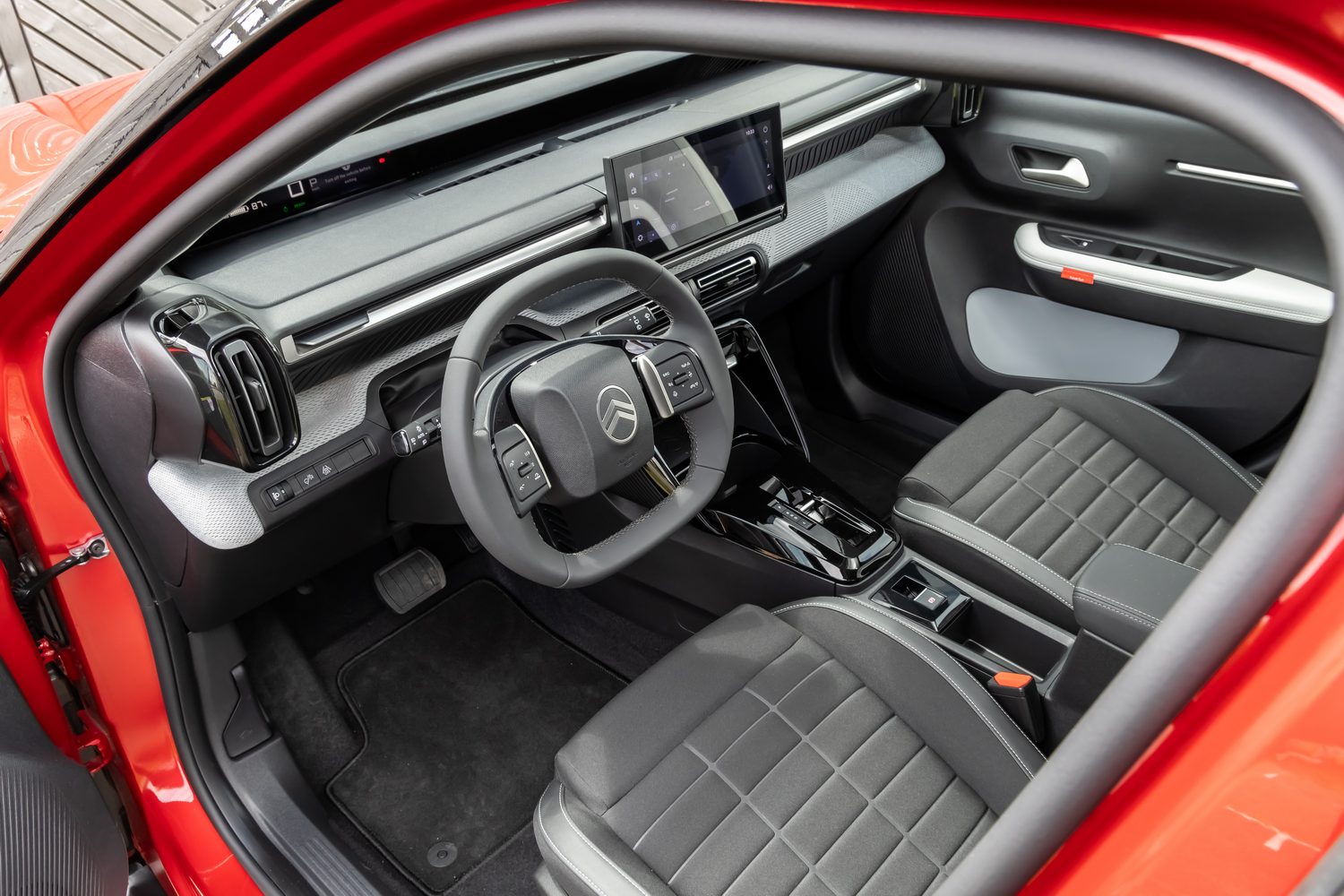
Then there’s the high-set ‘head-up display’ digital cluster and a general feeling of airiness and space. OK, some of the plastics are flimsy-feeling and they look basic, but Citroen has been canny in popping a strip of fabric across the middle of the dash to enliven things and ensure you’re not looking out on an endless expanse of cheap, charcoal-coloured surfaces, while the main touchpoints are rendered pretty well. The attractive multifunction steering wheel, for instance, feels of high quality.
We mentioned space and one of the C3’s strengths is its roominess. Sitting in the back seats is not a chore if you’re around six-foot tall, as there’s plenty of legroom and simply acres of headroom thanks to the tall ceiling, while a 310-litre boot rates well in this class. There is a sizeable lip to it, though, as the non-adjustable floor sits well below the bottom of the tailgate’s opening, but on the plus side you get nearly 1,200 litres of space if you fold the 60:40-split rear row down, so you won’t lack for luggage room. The EV loses nothing in practicality over its relations, either, which is a boon.
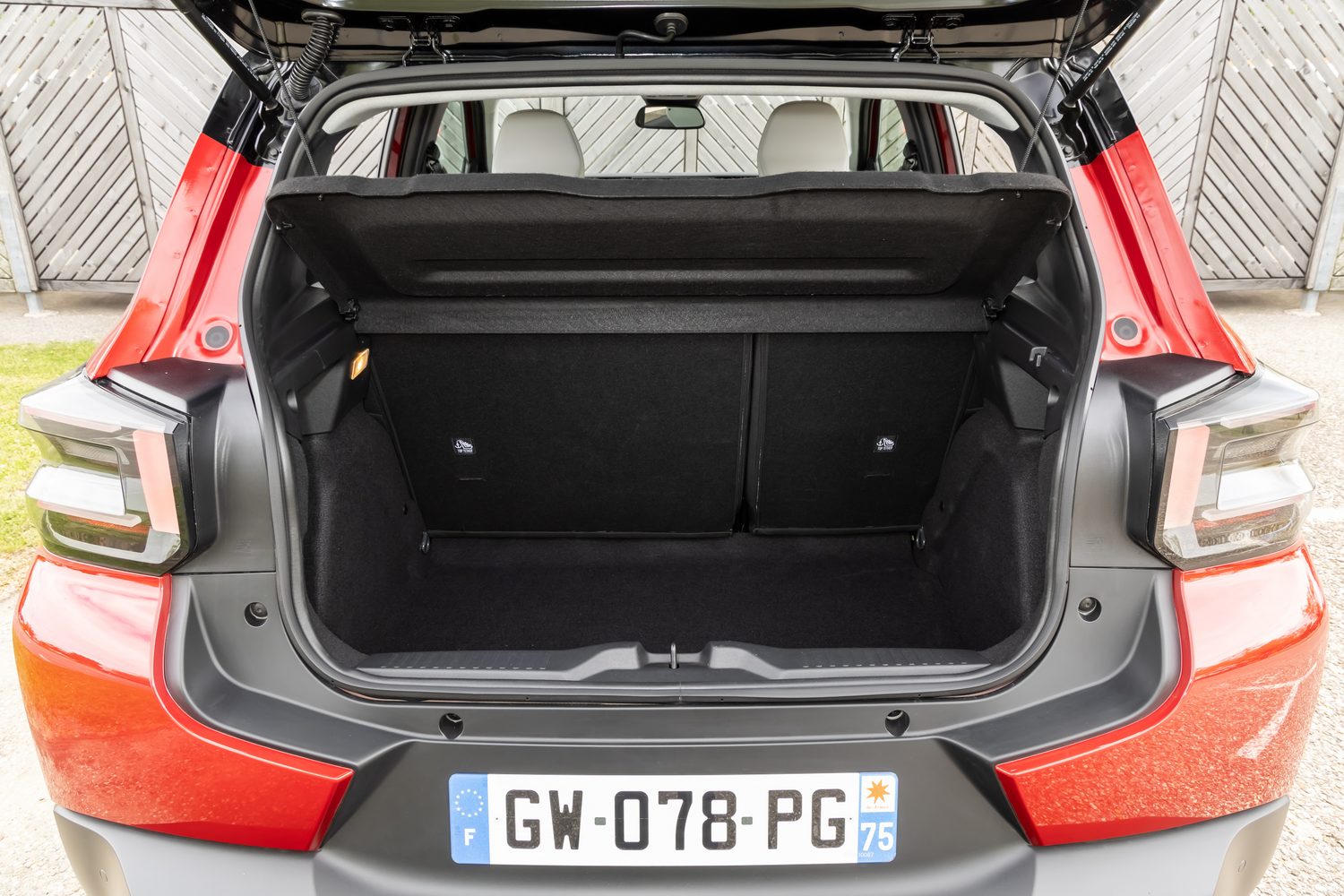
Overall, for the exterior and interior of the new e-C3, it’s a big thumbs-up from us. The design is great and everything within works well, with the caveat that we were in pre-production test cars and so some of the electronics inside were behaving a little oddly, while the utterly annoying indicator noise can get in the bin. Here’s hoping Citroen changes this Pacman-like beeping by the time the showroom models arrive.
Driving it
Citroen will sell the C3 with 1.2-litre petrol PureTech drivetrains, one a manual without mild-hybrid assistance and another an automatic with the fuel-saving tech, but here we’re driving the e-C3 all-electric derivative. Curiously, it doesn’t just use the familiar 115kW (156hp) electric motor and 54kWh battery arrangement that you’d see in other compact Stellantis EVs, instead deploying a 43.7kWh usable power pack with an 83kW (113hp) propulsion unit. Nevertheless, as the Citroen is small and fairly light (for an EV) at 1,418kg, the quoted range is acceptable at up to 320km on offer from a single charge. Later in 2025, a smaller battery pack will be offered for a circa-200km capability - and lower price tag.
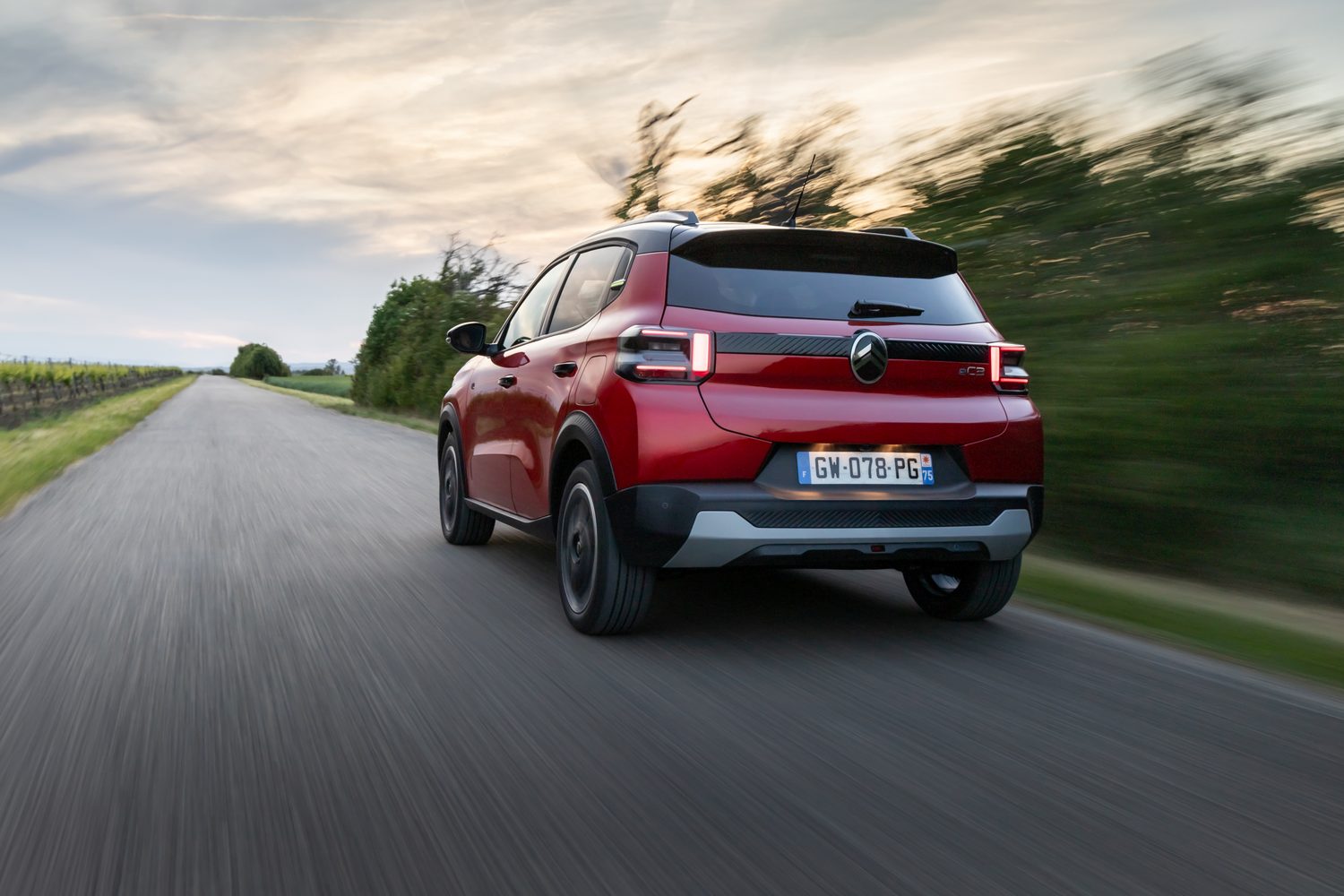
Citroen has, perhaps unsurprisingly given its company-wide ethos, therefore focused on comfort over speed. The e-C3 is fitted with ‘Advanced Comfort’ suspension, to go with its ultra-plush Advanced Comfort seats, and like any electric car the transmission is a stress-free ‘click-D-and-forget-about-it’ single-speed reduction-gear set-up. A preposterously weedy on-paper torque figure of 124.5Nm (we double-checked and this is definitely the maximum amount you get; maybe the motor was borrowed from a Hornby model train...) doesn’t look that promising, although a 10.4-second 0-100km/h time is perfectly acceptable for this class of car.
And so, is the e-C3 poor to drive? Not a bit of it. In fact, it’s an utter delight, bestowed with a clear, distinct character all of its own that makes it stand out in this class as something with a large degree of enjoyment and individuality engineered in. Yes, the emphasis here is on ride comfort and relaxation, but unlike some other softly sprung Citroens we can think of in recent years, the e-C3 is actually quite capable in the corners. There’s a bit of lean, pitch and dive, and it’s never going to win any awards for its level of steering feedback (clue: there’s next to none), but it feels adept on a twisty road, rather than all at sea.
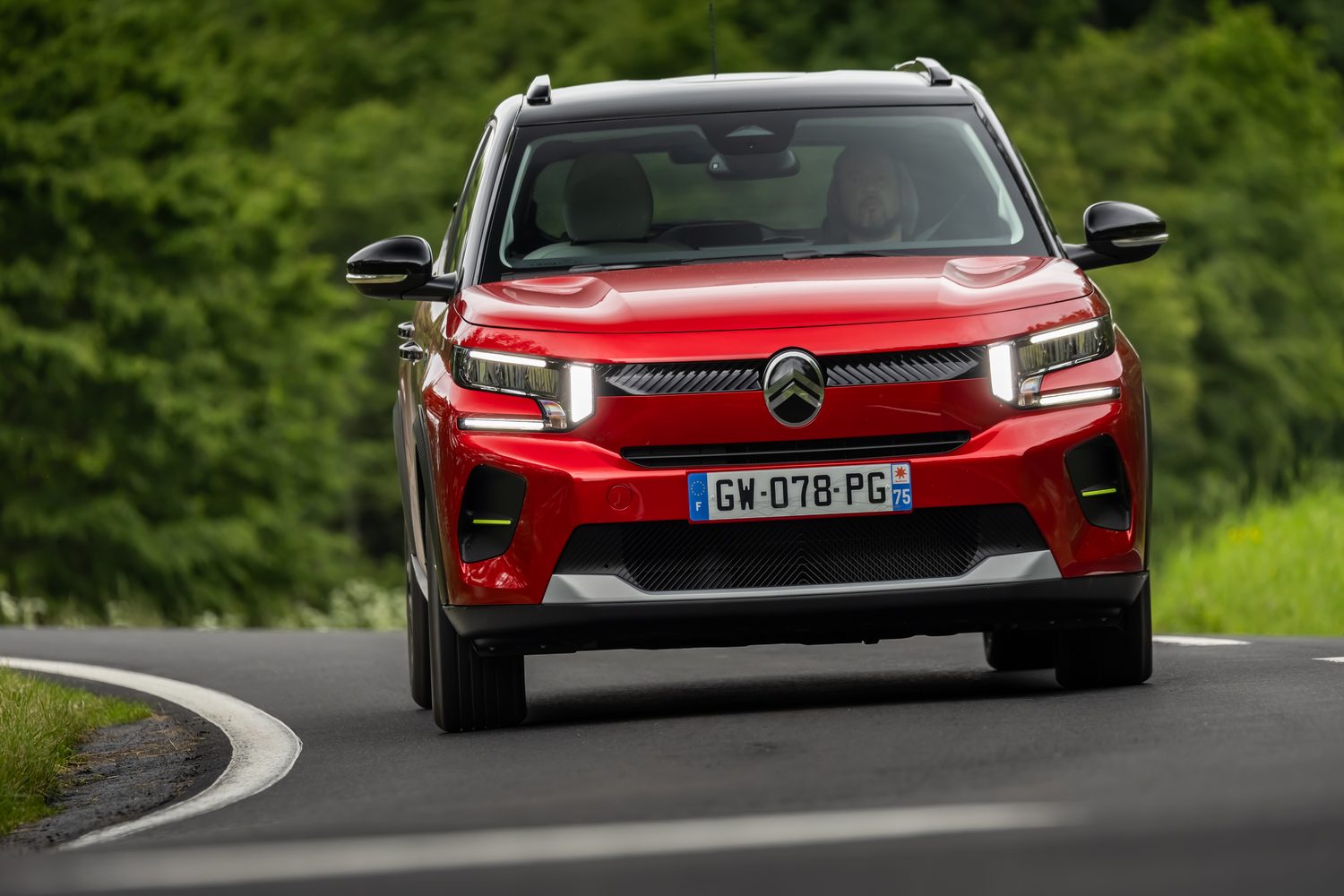
Which means you can then concentrate on just how lovely it is to travel in. This is quite simply brilliant damping, considering the likely price point, and that translates into the realisation that, even on a completely cratered and disgraceful section of road, the e-C3 soaks up and thoroughly dissipates far more punishment than you could possibly imagine. So, when the surfaces settle down to acceptable levels, the Citroen has a rolling grace that wouldn’t shame many cars costing twice as much as it does.
Better still, while there is a degree of wind ruffling about its upright front end at speed and the inexpensive nature of the car means you can hear the tyres chattering across the asphalt, at no point does any of this noise elevate to anything more than a background hubbub. At motorway speeds, the Citroen EV can more than hold its own and - for something small of footprint, high of side and relatively low in weight - it also feels remarkably stable, rarely being disturbed by strong crosswinds and adverse cambers.
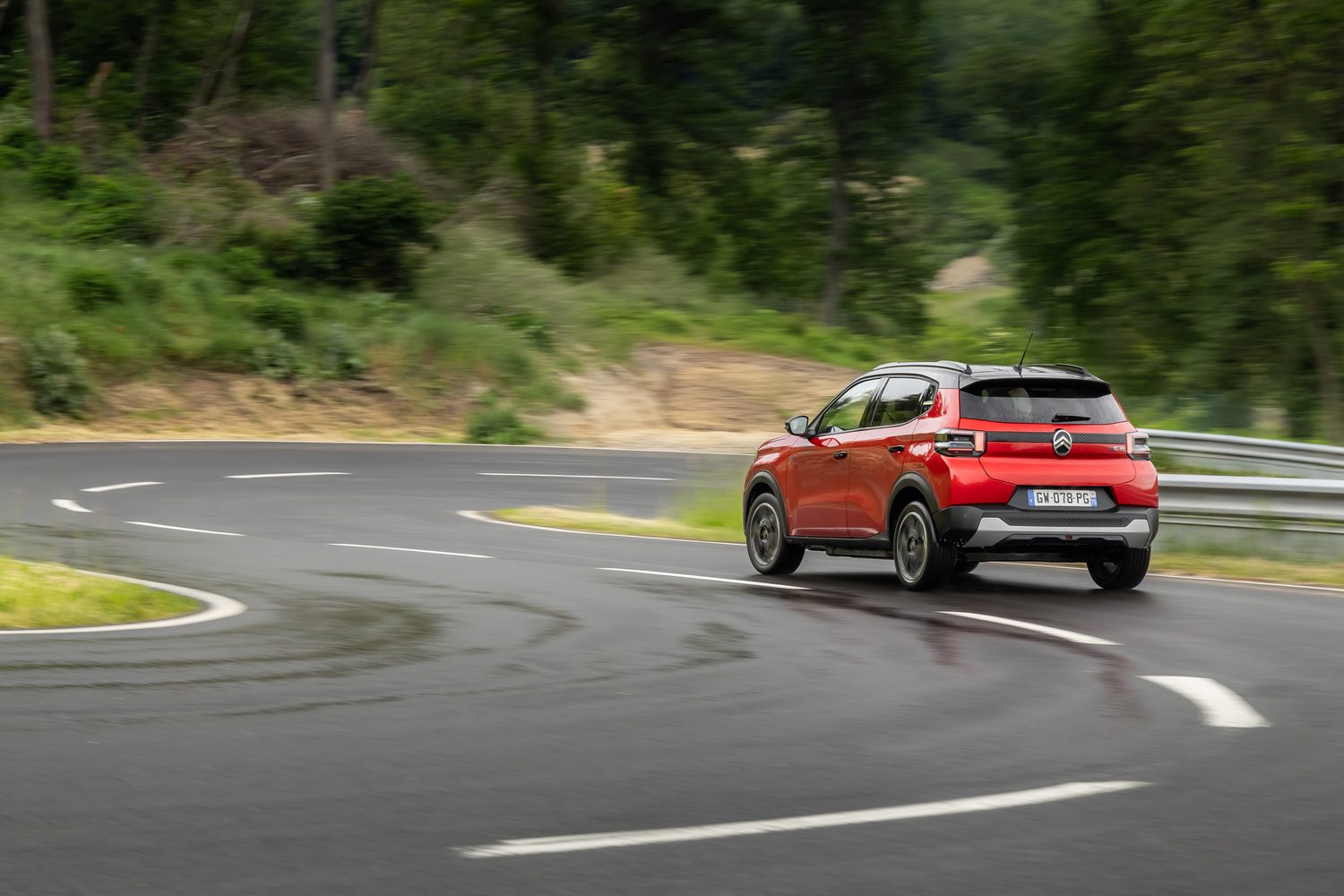
Then we come to range. If 320km looks a bit ‘meh’ on the face of it, we got into the car with almost a full charge on it and the distance-to-empty reading 270km. It then proceeded to do 150km of mixed-roads motoring, including running at 110km/h on a motorway for extended periods, and returned to base with 37 per cent charge left and another 109km showing. The weather turned during the trip, so the climate control was on pretty much constantly on inside the e-C3, and yet it completed the journey at 13.1kWh/100km.
That’s an astonishingly efficient return for an EV, and scales up as a genuine 328km range. So, if the car’s onboard trip computer isn’t very accurately stating how far it can go on a charge, it’s underplaying its abilities if anything. Put it another way, even without taking great care and using all the car’s sub-systems, you ought to get roughly 280-300km to a charge out of the e-C3 all year round if you don’t venture onto motorways all that often.
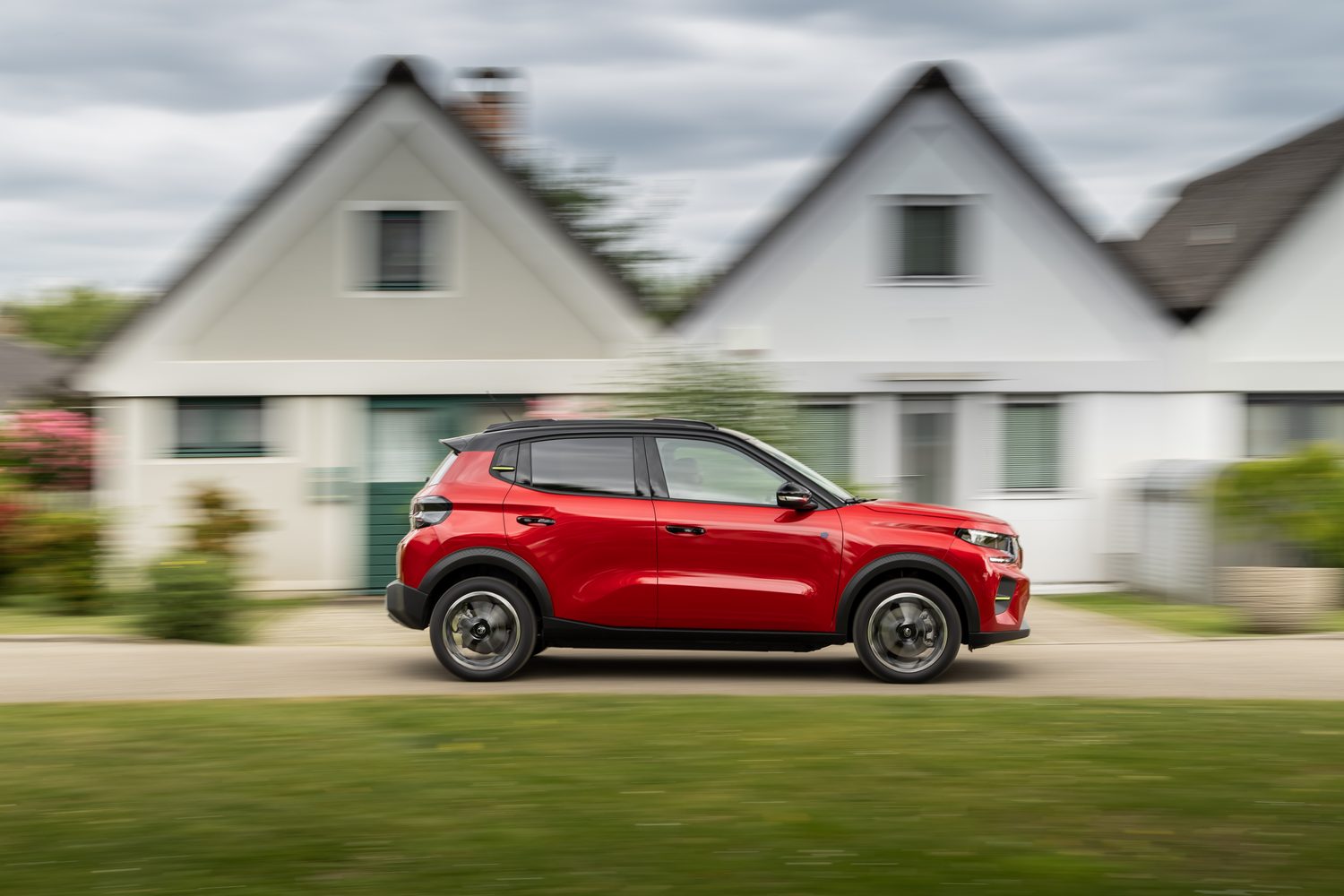
A 100kW DC maximum charge rate means the e-C3’s 44kWh battery in theory can go from 20-80 per cent in just 26 minutes, while on the slowest domestic rate you’ll be looking at about six hours to get it fully replenished. This is a ‘rightsized’ EV in the best possible sense, which only makes this electric Citroen all the more appealing.
How much is the Citroen e-C3 in Ireland?
Irish pricing for the Citroen C3 starts at €23,400 for either the 1.2 PureTech 100 petrol model with a manual gearbox or the electric e-C3 when all government incentives are taken into consideration. The automatic hybrid model kicks off at €26,800.
That petrol version is only available in the base ‘Plus’ trim level, while the hybrid and electric C3s can be had in ‘Max’ specification as well. Plus spec includes 17-inch alloys, roof rails, LED headlights, 10.25-inch touchscreen, Apple CarPlay and Android Auto, rear parking sensors, air conditioning, auto lights and wipers and cruise control.
The Max versions, costing €25,650 for the e-C3 or €29,200 for the hybrid, add dark-tinted rear windows and ‘skidplates’ to the exterior, upgraded interior materials, navigation, a wireless phone charger, heated front seats, electric rear windows, reversing camera, electric folding door mirrors and an auto feature for the climate control.
Summary
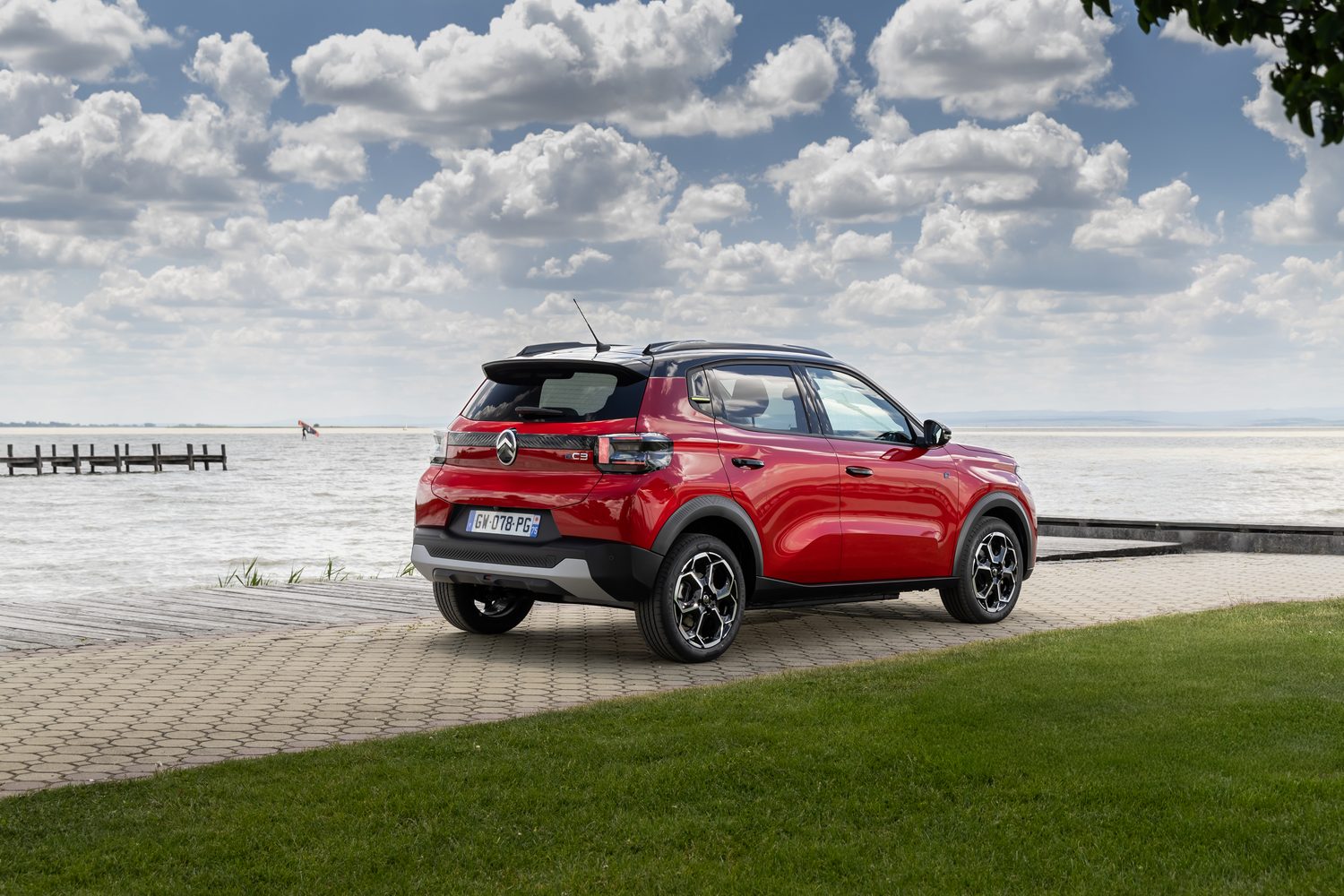
In terms of the way it looks and drives, there’s a lot we like about this zero-emission Citroen and precious little we loathe (indicator noises aside). And given the incredibly strong pricing, we think you’re looking at the best B-segment car you can buy right now. It’s that good.

